A couple of weeks ago I got me the TTArtisan 35mm f1.4 APSC lens and after some time with it, I’m ready for a few preliminary thoughts. I’m poor at shooting test charts, or maybe I’m not, if I ever got to do it. Not being into scrutinizing corner sharpness of brick wall images, I opted for the term “impressions” for this article, rather than calling it a review. And anyway, for those inclined, there are more technical and studious writings to be found on the web already.
So, the first disclaimer out of the way, let’s slowly get into it. With just another pause for the second one: I bought the lens myself and am not sponsored or influenced by the manufacturer in any way – all the opinions, praises, prejudices and eventual mistakes are my own.
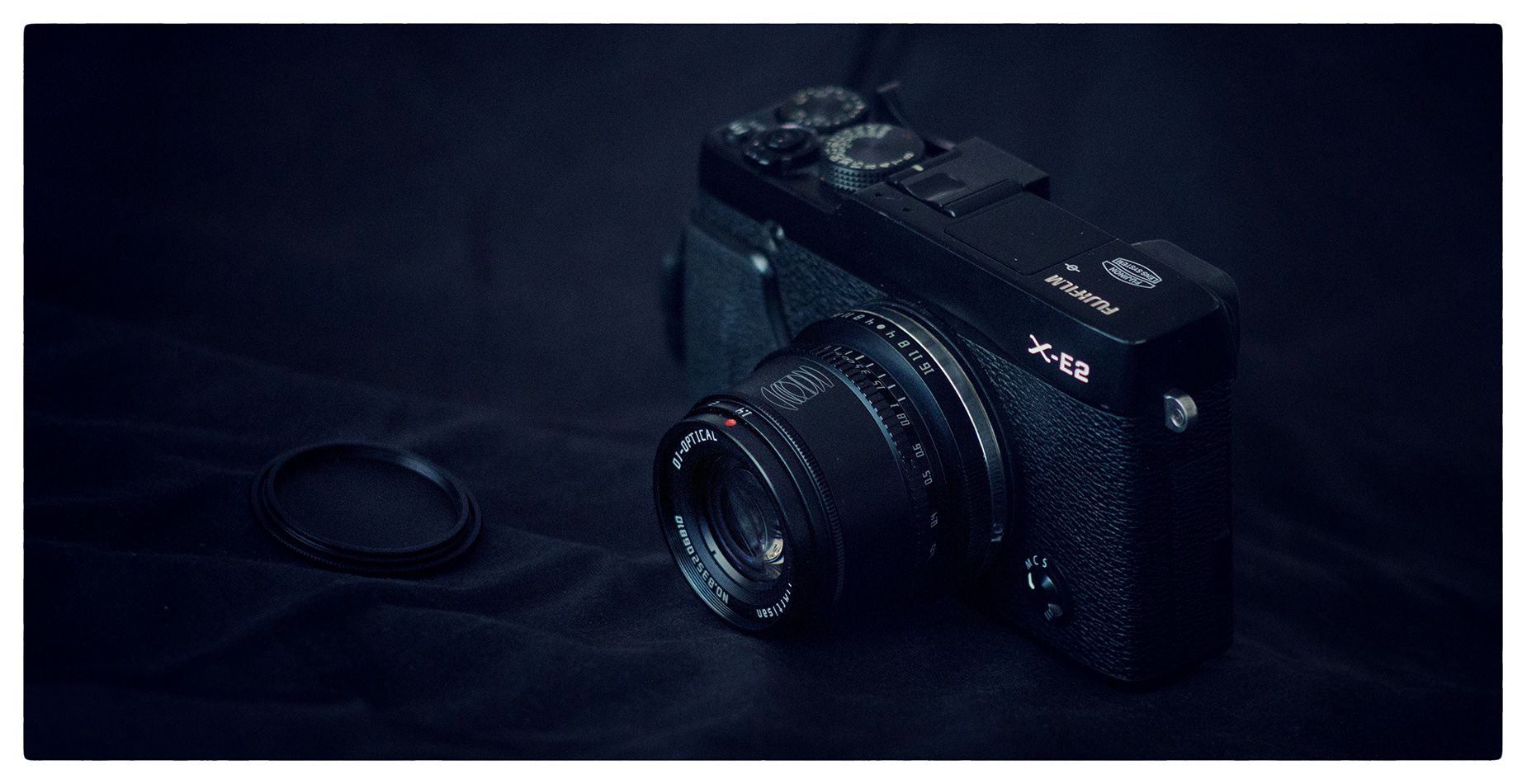
I got the lens in Fuji X mount, to pair it with my XE2 camera, and they are a good match – both size and weight are adequate and the whole balances nicely. I would say they make a handsome couple.
The lens is very well made, solid, with good finish and very smooth in operation. The focusing ring is well dampened, not too loose and not too stiff, and image snaps precisely in focus in viewfinder. Bonus points are rewarded to click-stop aperture ring, which was one of the deciding factors for me. The video crowd might prefer the freely rotating ring, but I just love my f-stops neatly nested. The feel is very pleasant, with stops gently tucked in between – very little effort is needed to change them, but still they lock positively in their place. The overall feel of this little lens is of a precise, watch-like instrument, that punches above its price. As they say, a lot of bang for the buck.
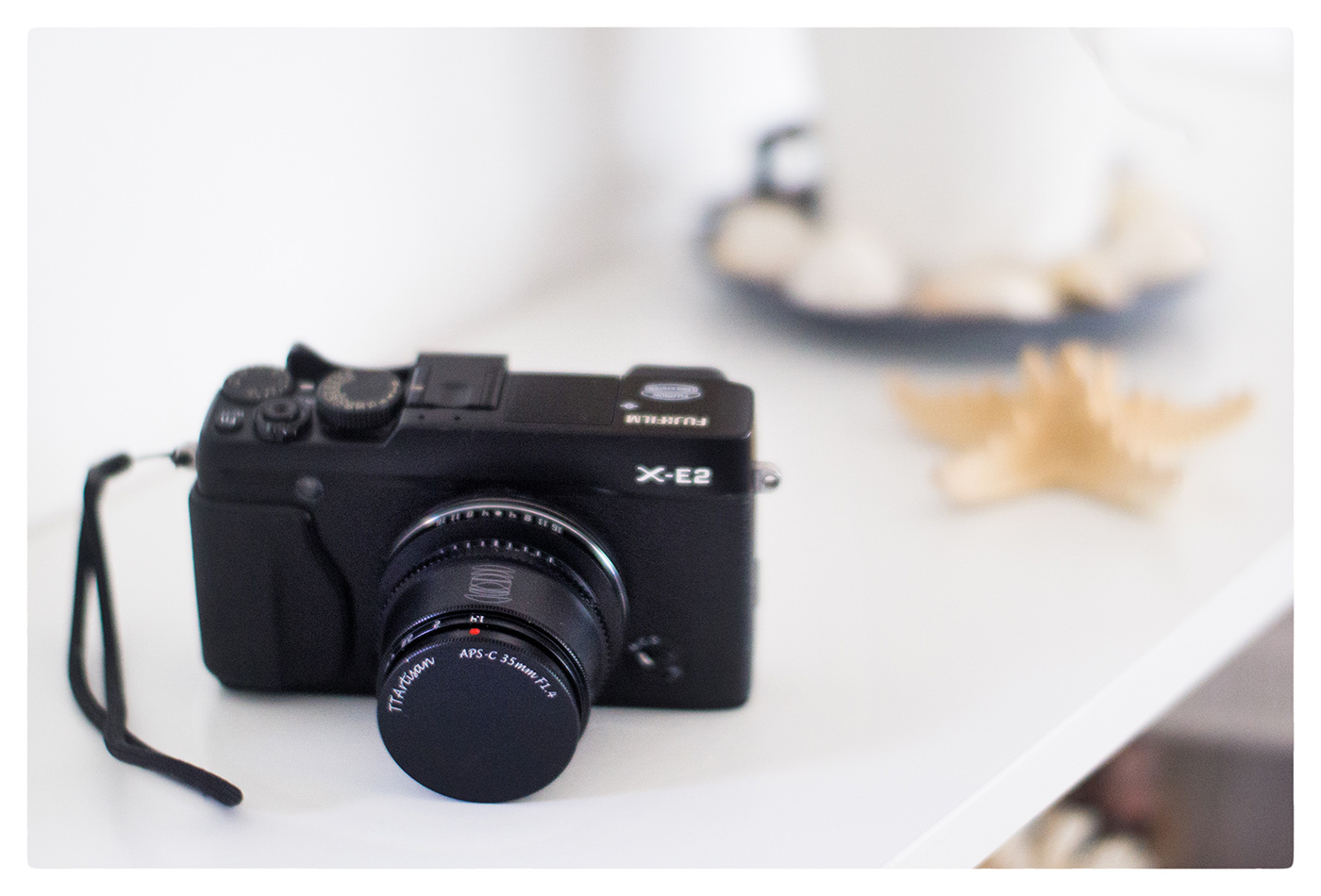
One peculiar thing about it is its screw-in lens cap. At first, being used to more widely spread plastic pinch-caps, this one felt a bit strange. But it grew on me quickly. Made of metal and not prone to falling off, it offers dependable protection. The threads are very good, the cap screws fluidly and is actually comfortable to take off and put on again. It kind of matches nicely the whole slow-down philosophy of manual focus lenses. On the other hand, I have yet to find if I can put an UV filter to protect the front element of the lens while still being able to use the lens cap.
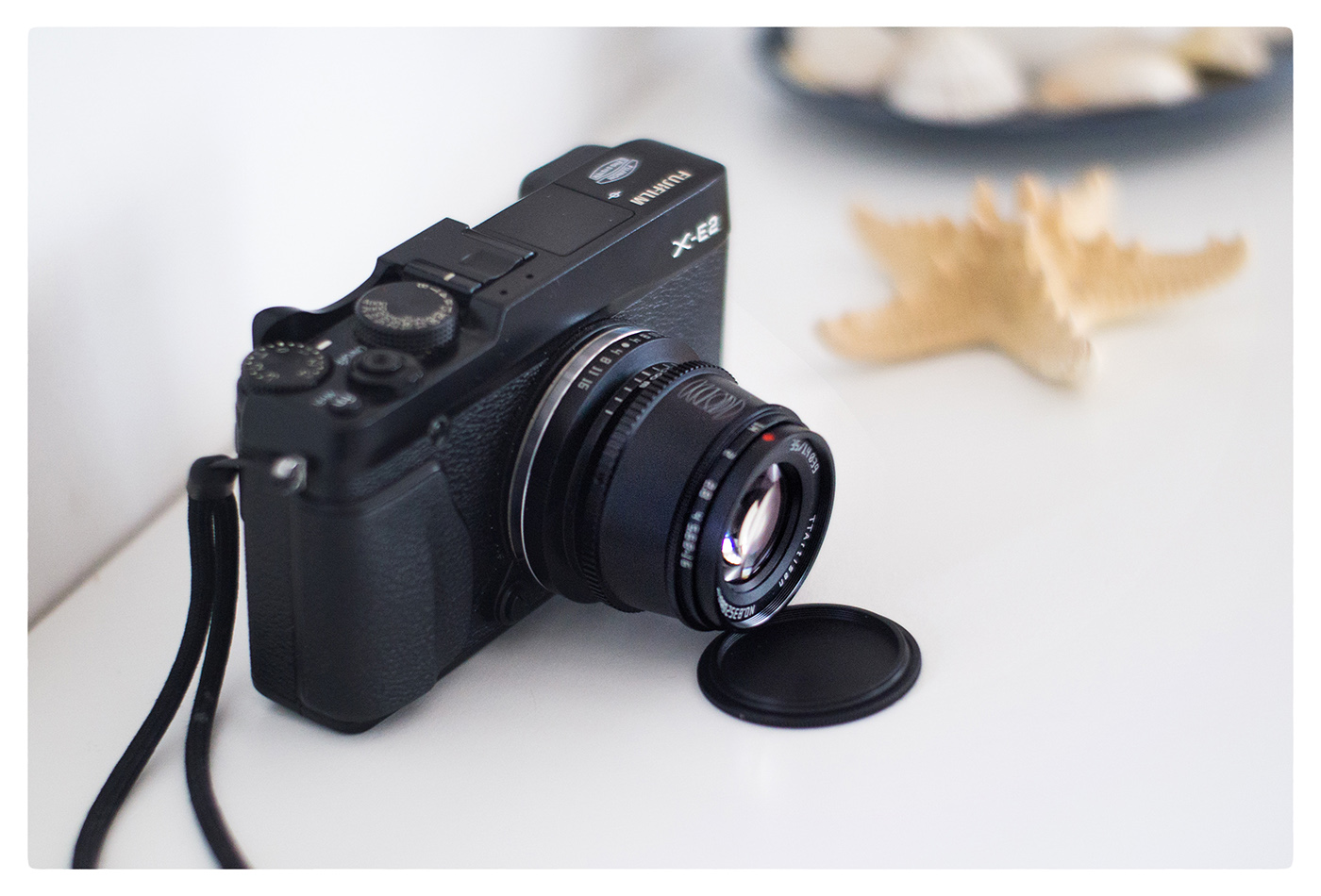
After the initial physical tour of the lens, I went out for the very first walk with it, just some snaps along the streets in the afternoon, to get the feel of its behavior and performance.
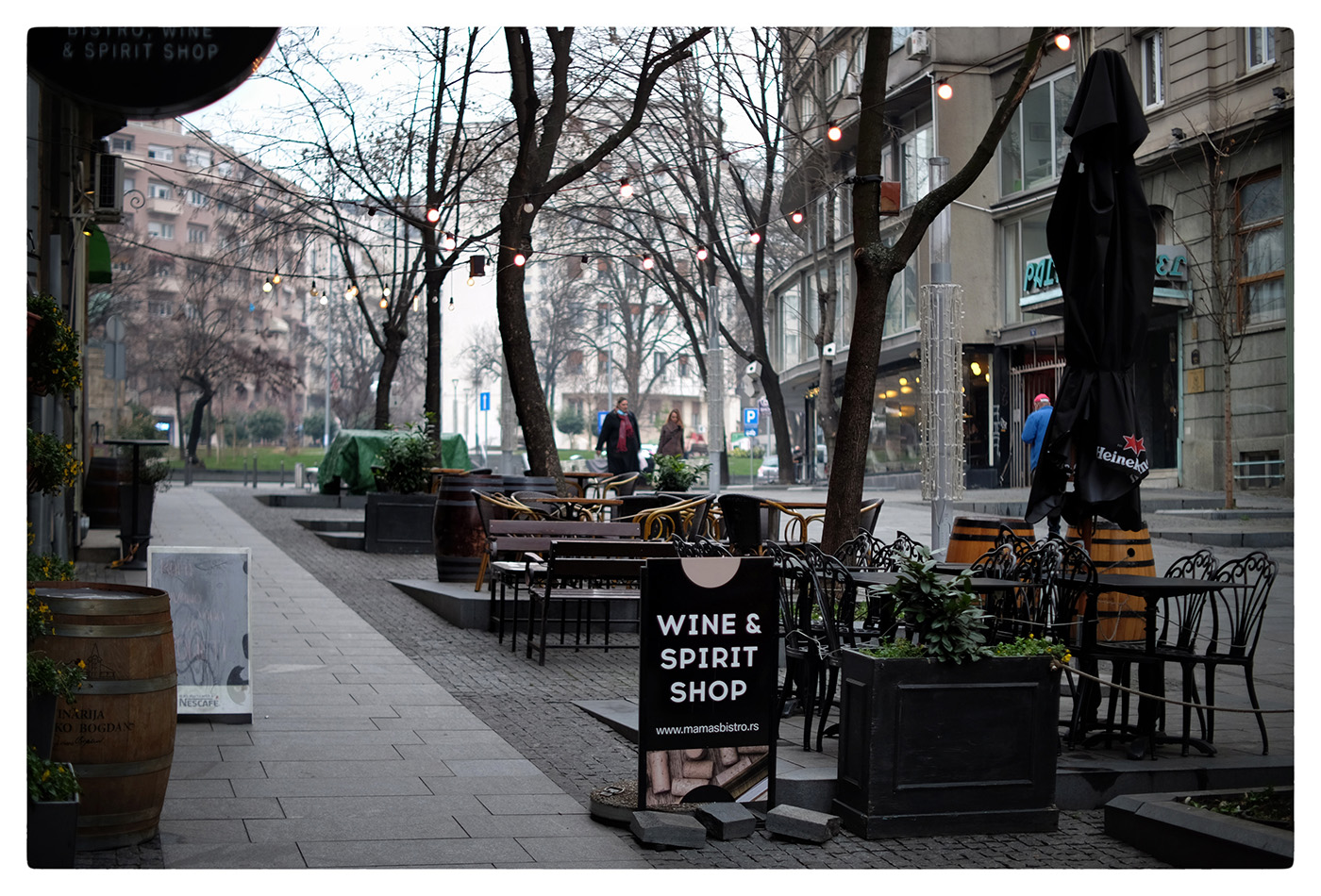
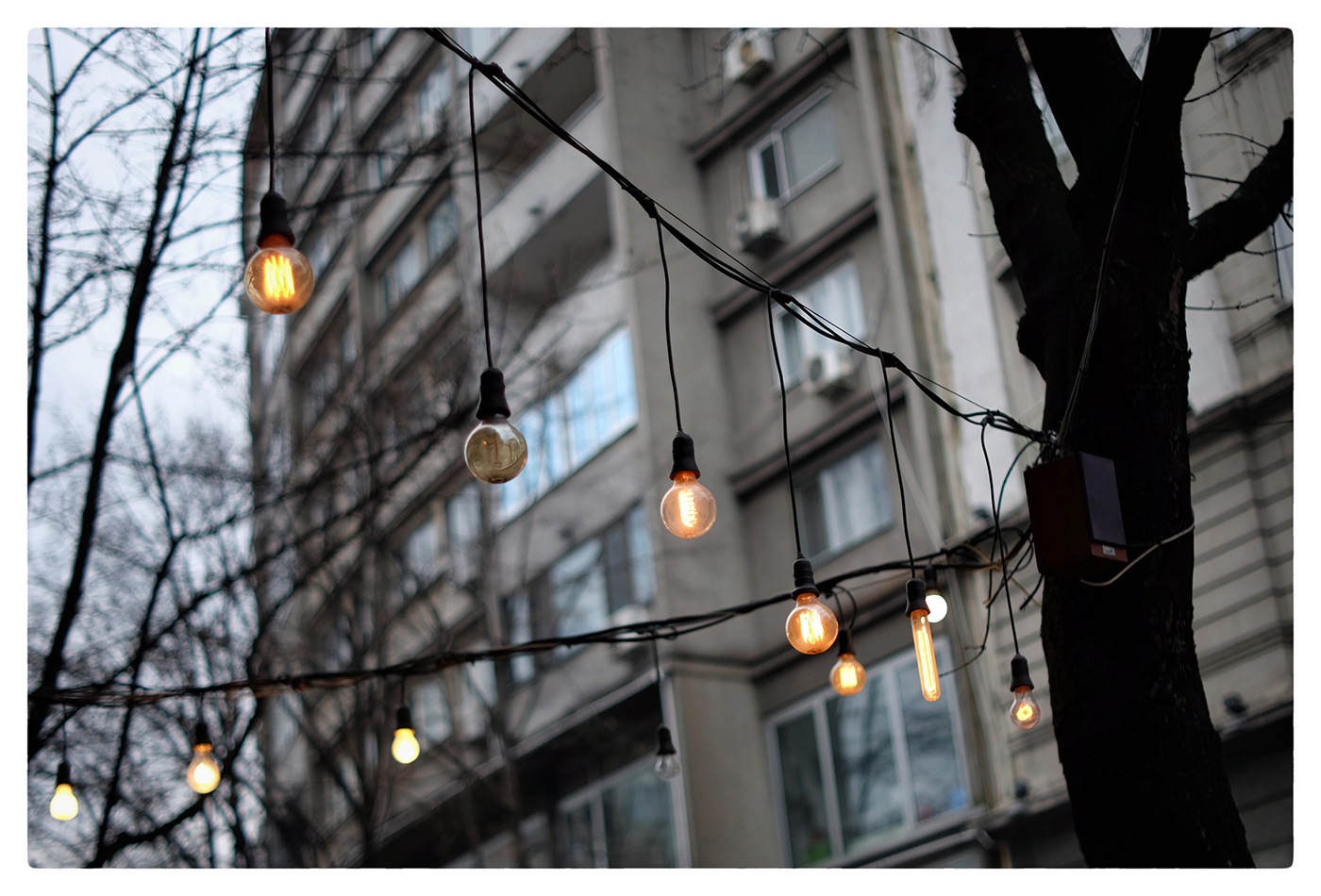
The color reproduction is very subtle which I particularly like.
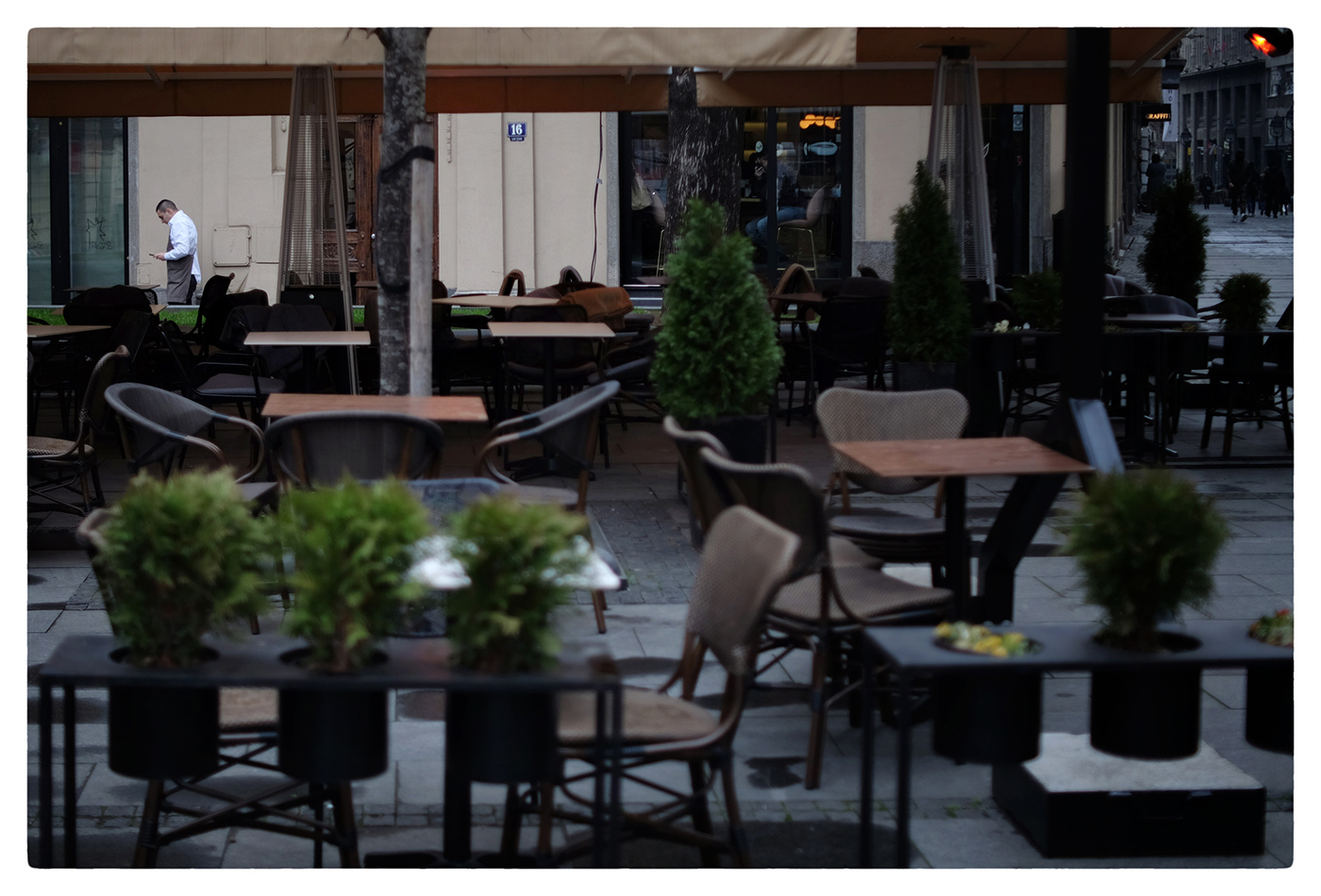
The retrospective exhibition of painter Vlaho Bukovac was still open, with not many visitors around the gallery, so I profited to both admire the art and test the lower light capability of the lens. With its 1.4 maximum aperture, it was a breeze.
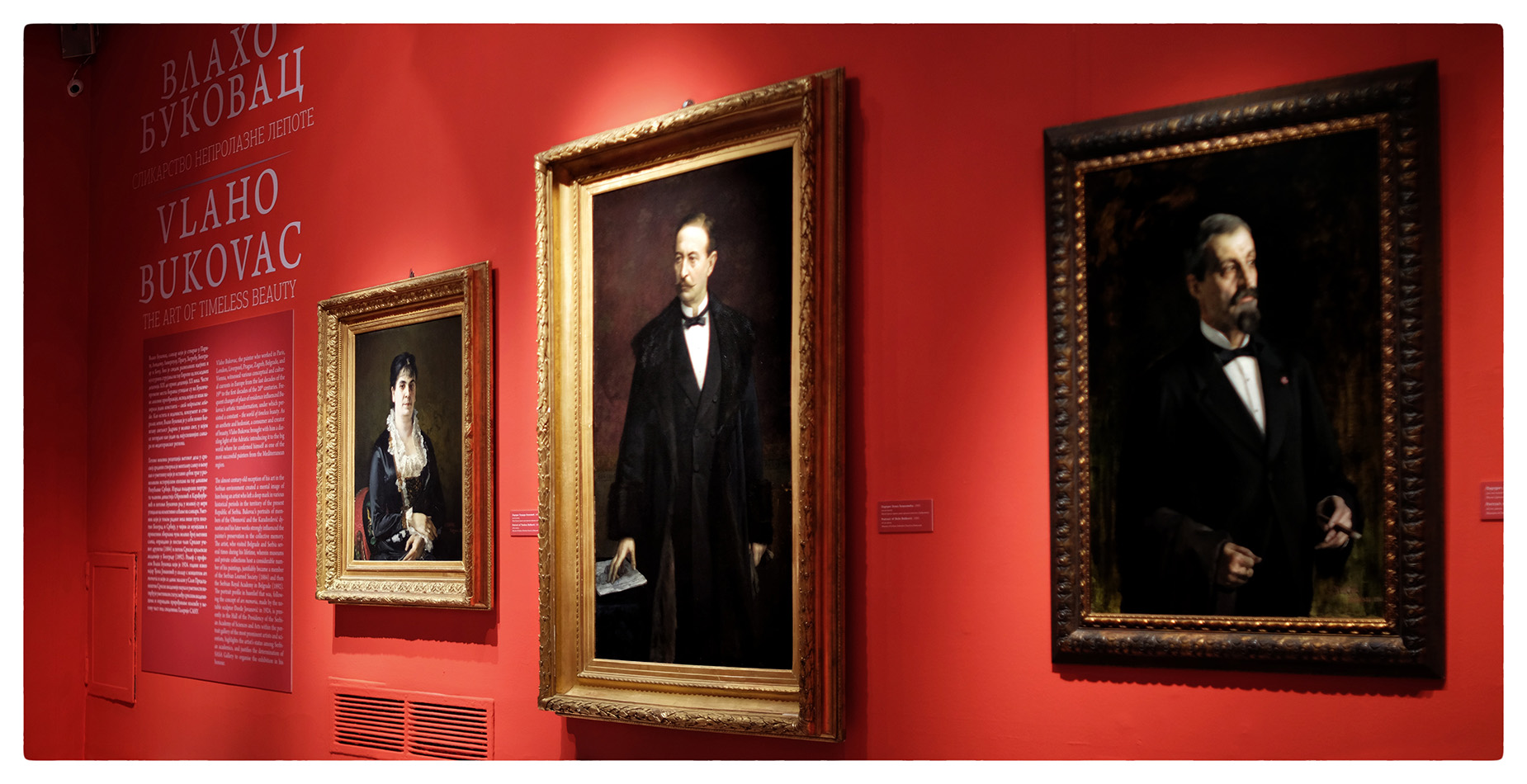
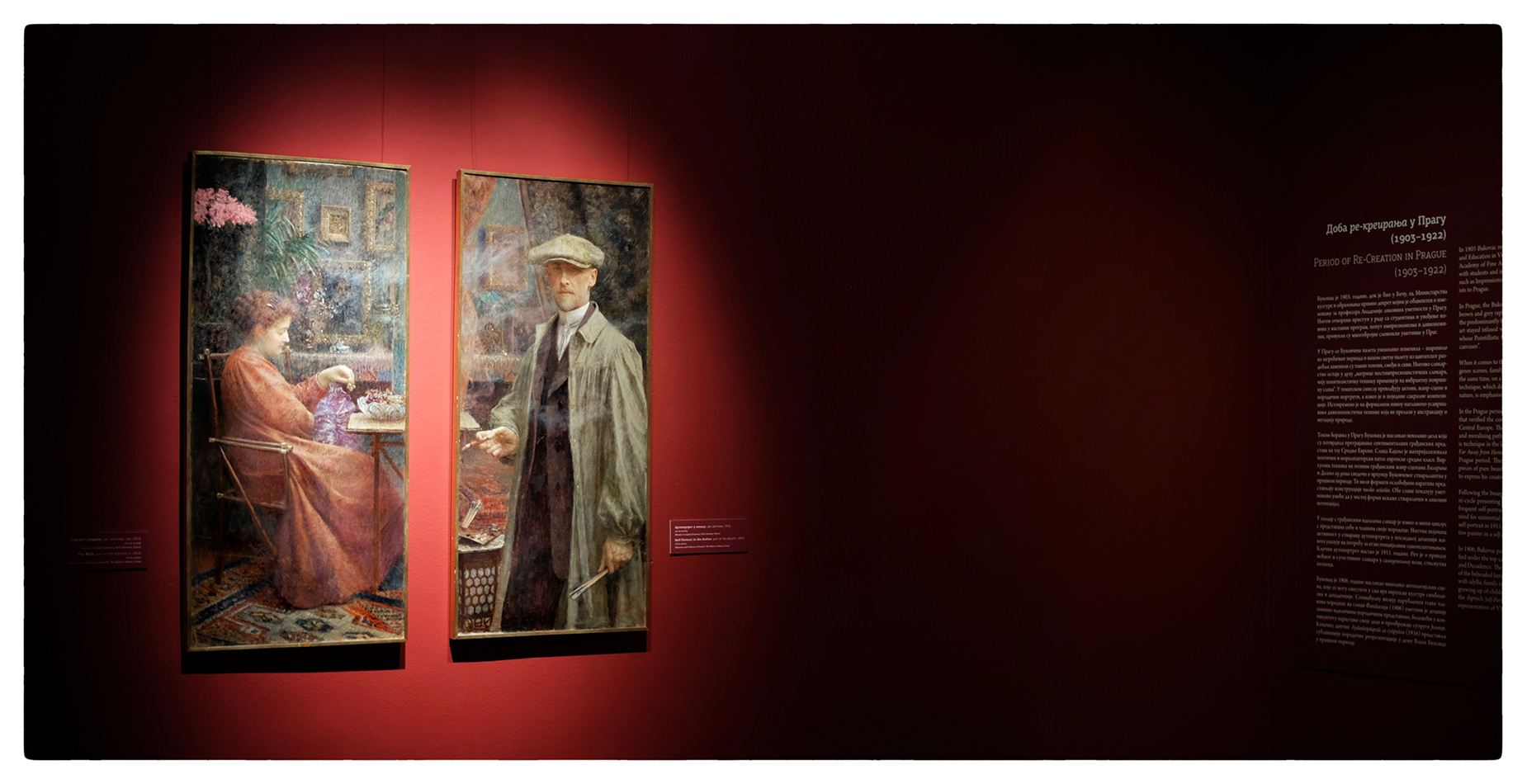
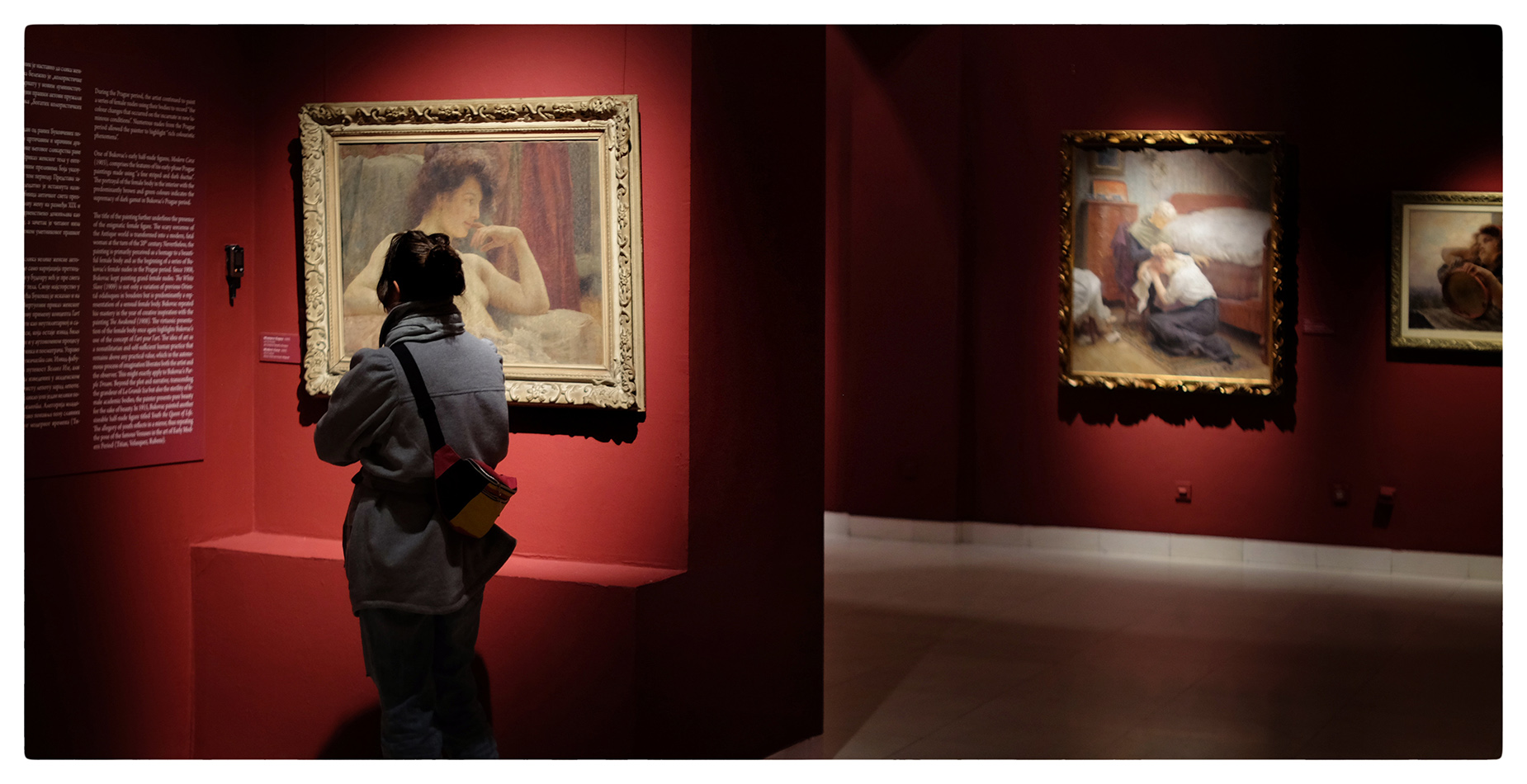
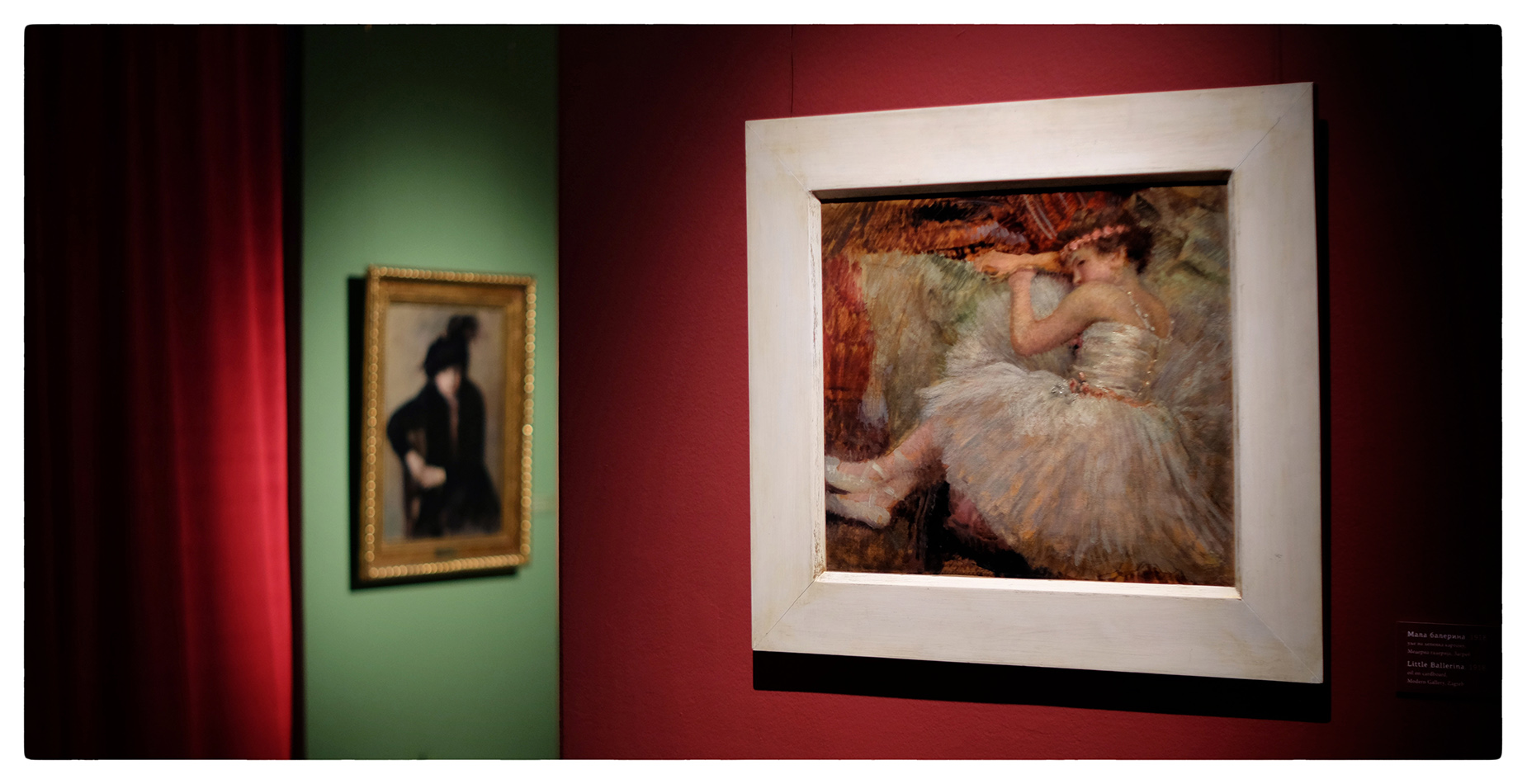
Back out again, light was fading and lamps taking on their duty.
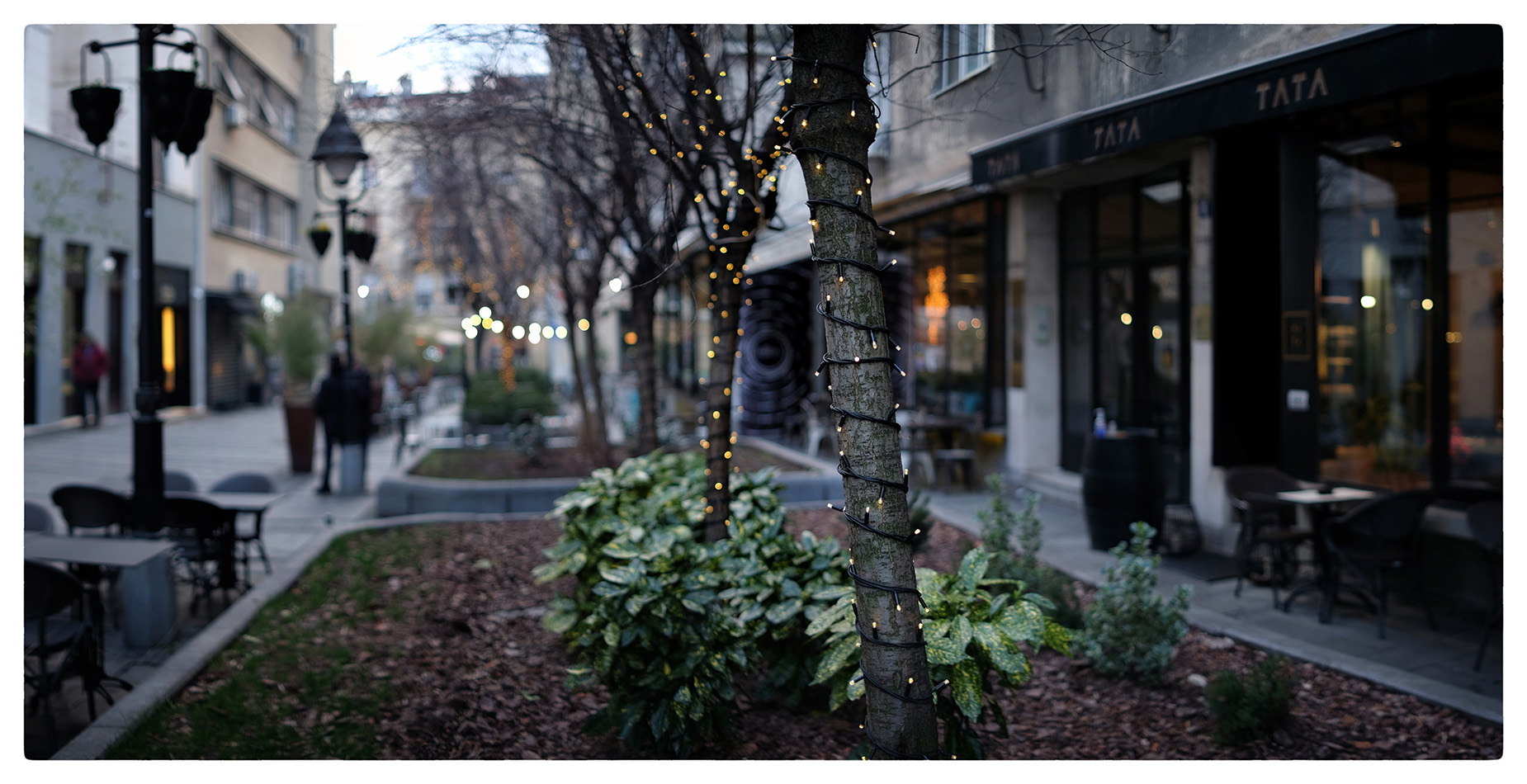
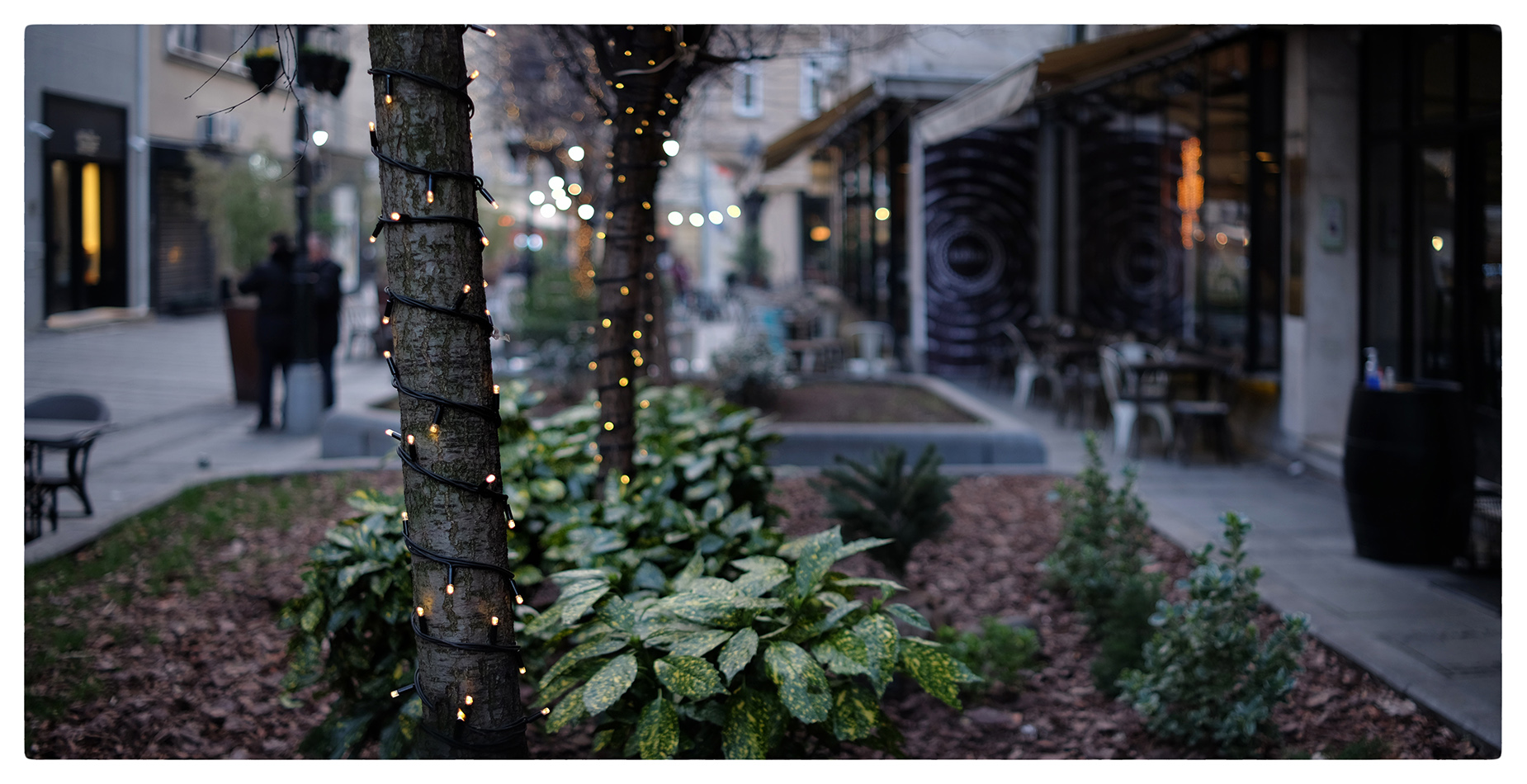
Of course, the bright maximum aperture not only permits solid light gathering, but also some nice subject isolation.
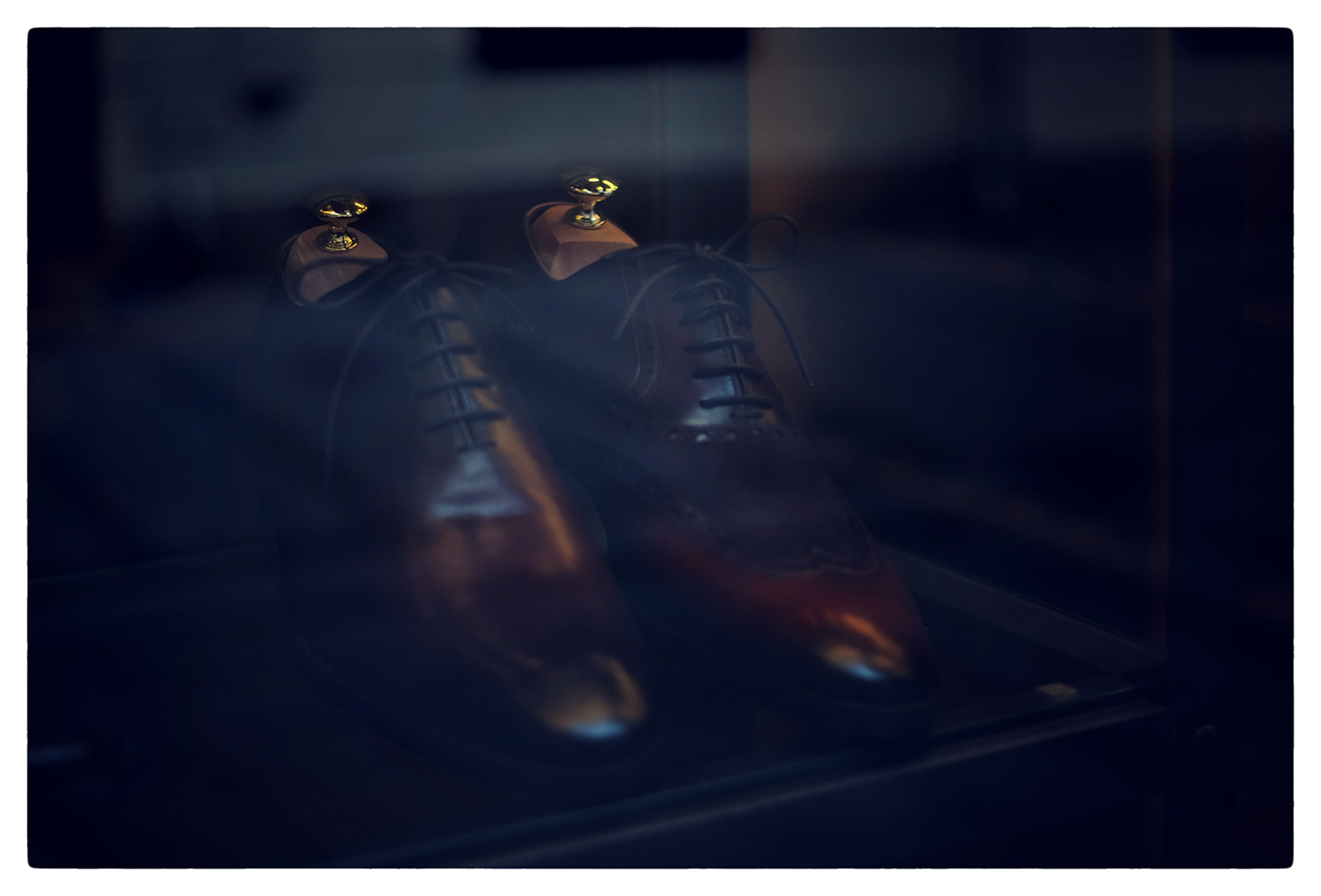
The following shot of Vespa, with it’s retro mood, reminded me of results I had with another very compact manual focus lens, Jupiter-8, a Russian vintage 50mm f2 lens.
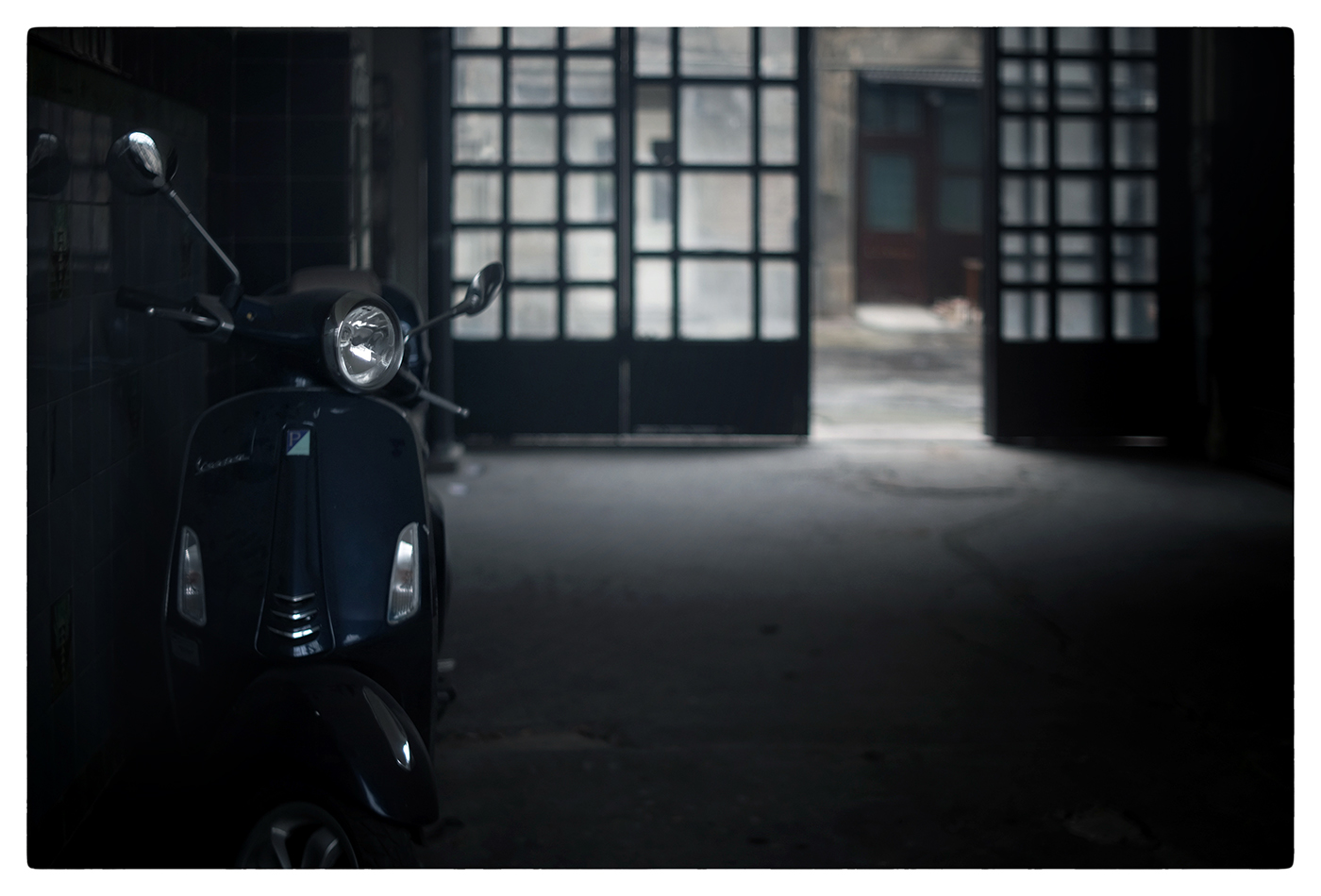
Last year in April I shot a month long challenge with just that lens and I was very happy with results:
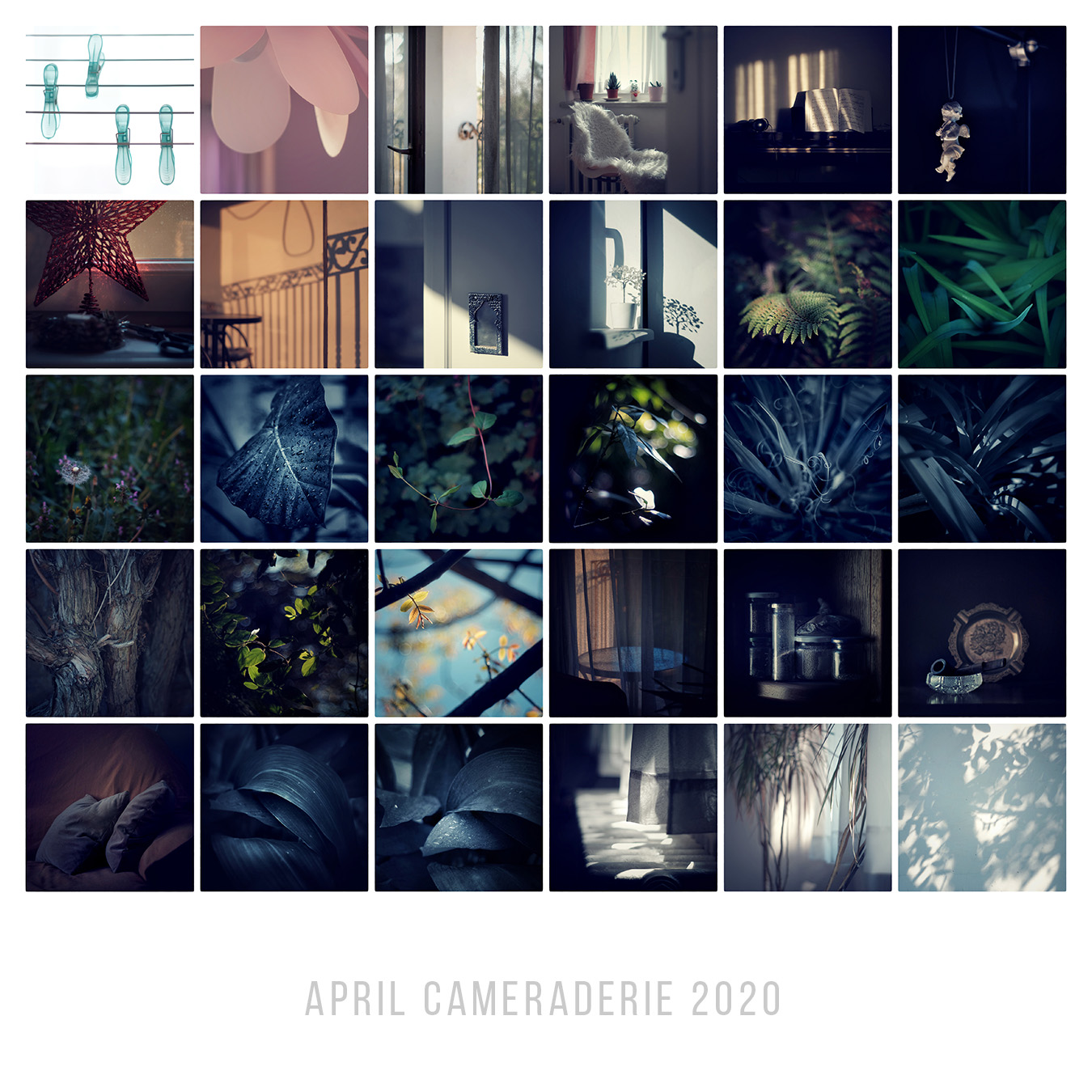
With help from my writer friend, that series of images eventually turned into little book and you are welcome to check the PDF here: https://pictogramax.rs/2020/12/01/cameraderie-book/
Anyway, the reason I wanted to mention that Jupiter-8, and another similar option, Industar-50, is that I find them to be the spiritual ancestors of TTArtisans lens.
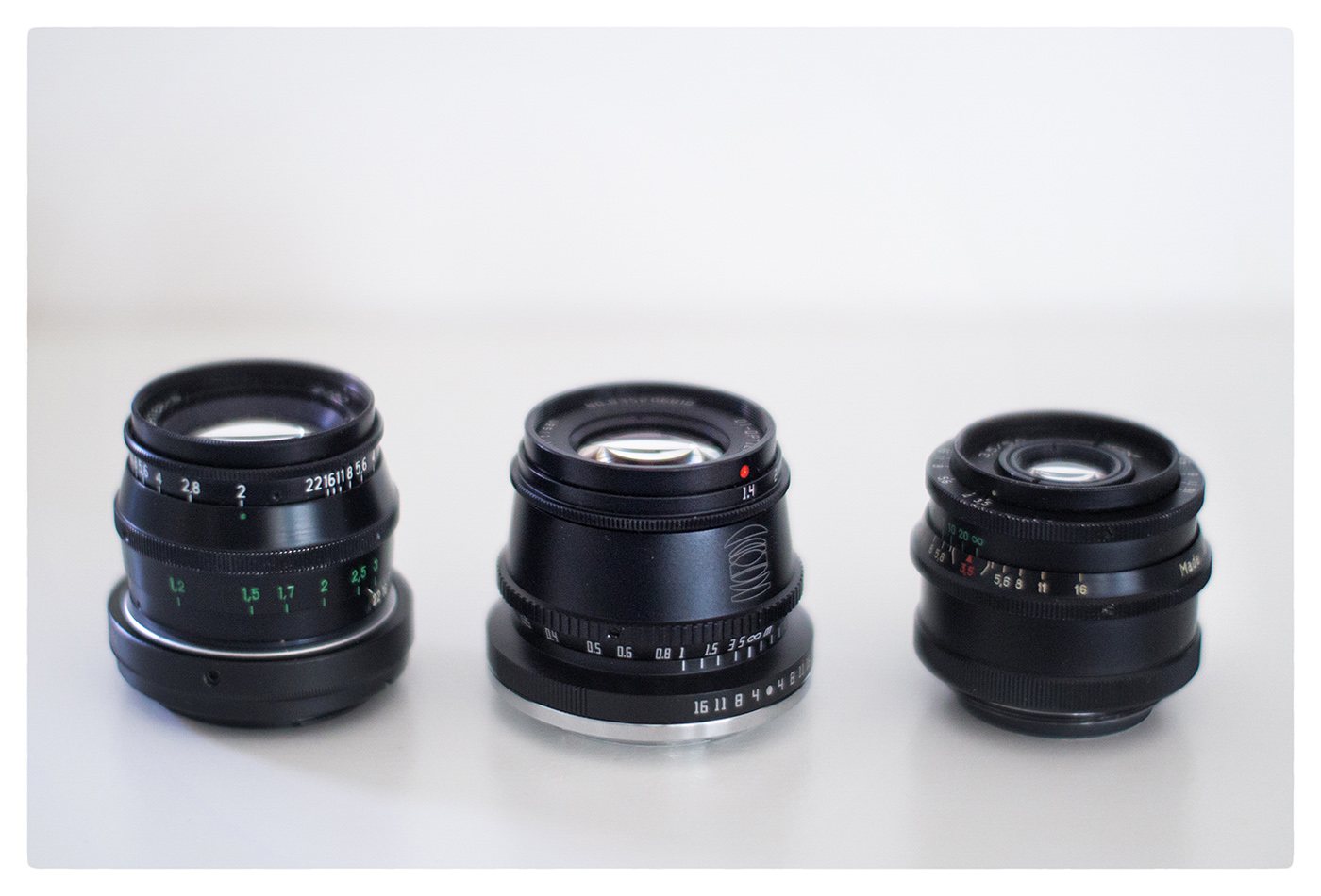
Jupiter-8 50mm f2 on the left, TTArtisan 35mm f1.4 in the middle and Industar-50 50mm f3.5 on the right.
Jupiter is mounted on M39 adapter, Industar is not, so it seems a bit smaller, but they are all very close in size. All have front facing aperture rings, but only TTArtisan has click stops. It also sports the brightest maximum aperture and allows for much closer focusing, which were the advantages that prompted me to get it.
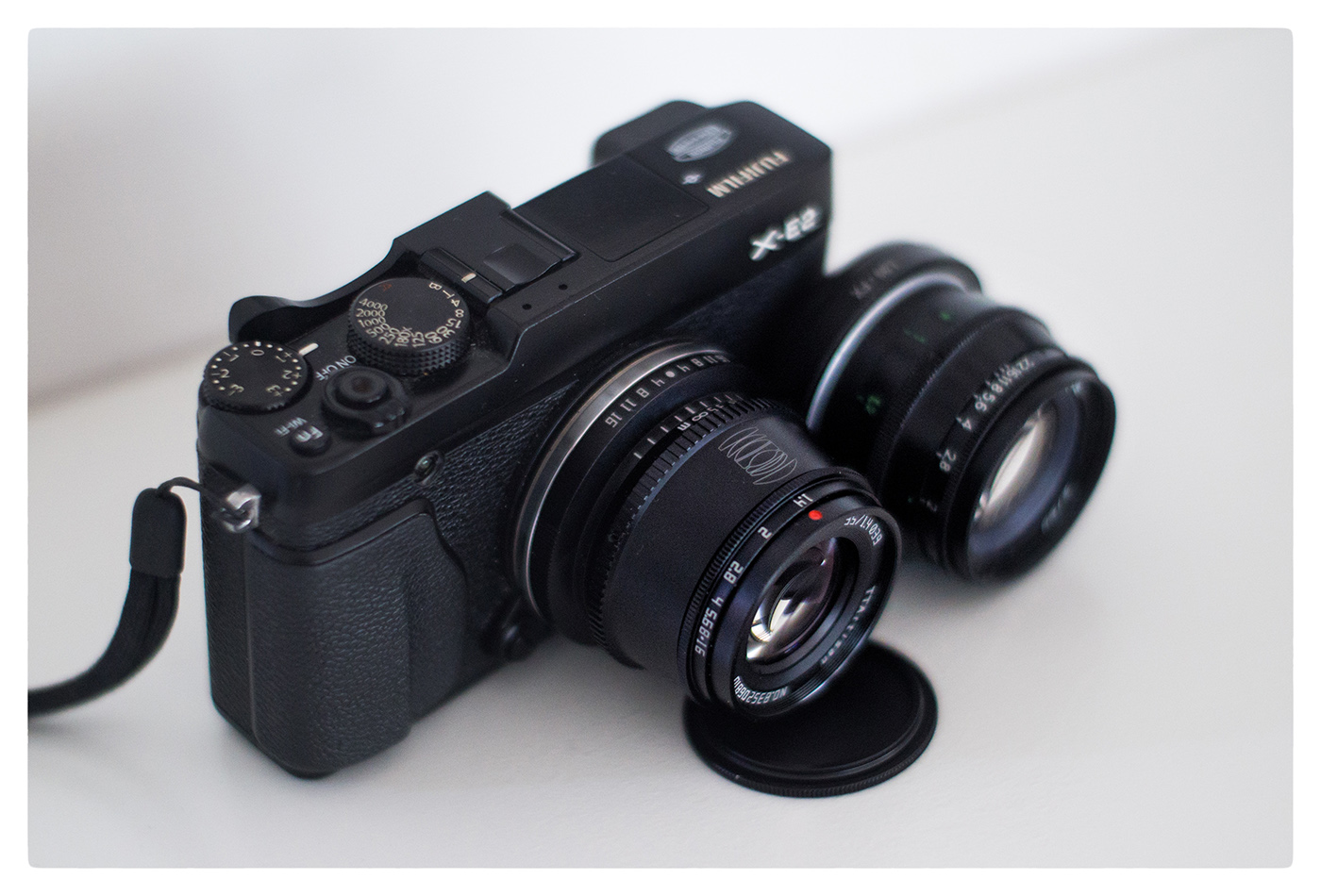
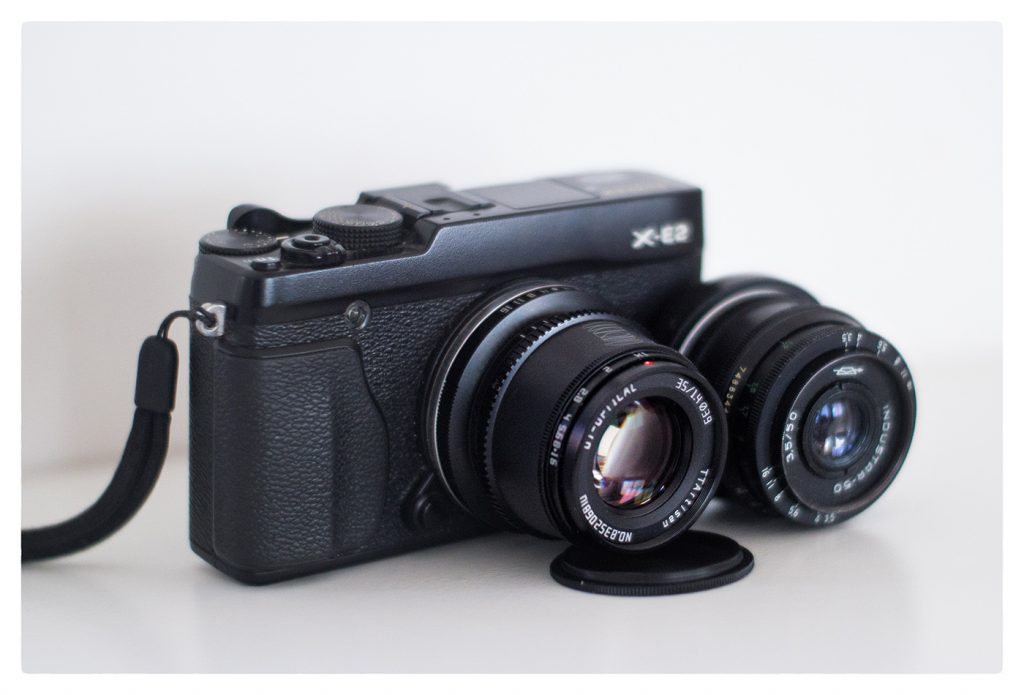
I don’t know if TTArtisan designers were inspired by these babies, or other German rangefinder lenses that preceded them, but they made something that inscribes itself well into that tradition. Contrary to similarities in size and build, all three have very different characters – Jupiter being dreamy wide open, Industar being very sharp (in its Tessar way but not as fast) and TTartisan combining the best of both worlds.
While we are at size advantages of this lens, here it is compared to Fuji 27mm f2.8 autofocus lens, the smallest one in their native system:
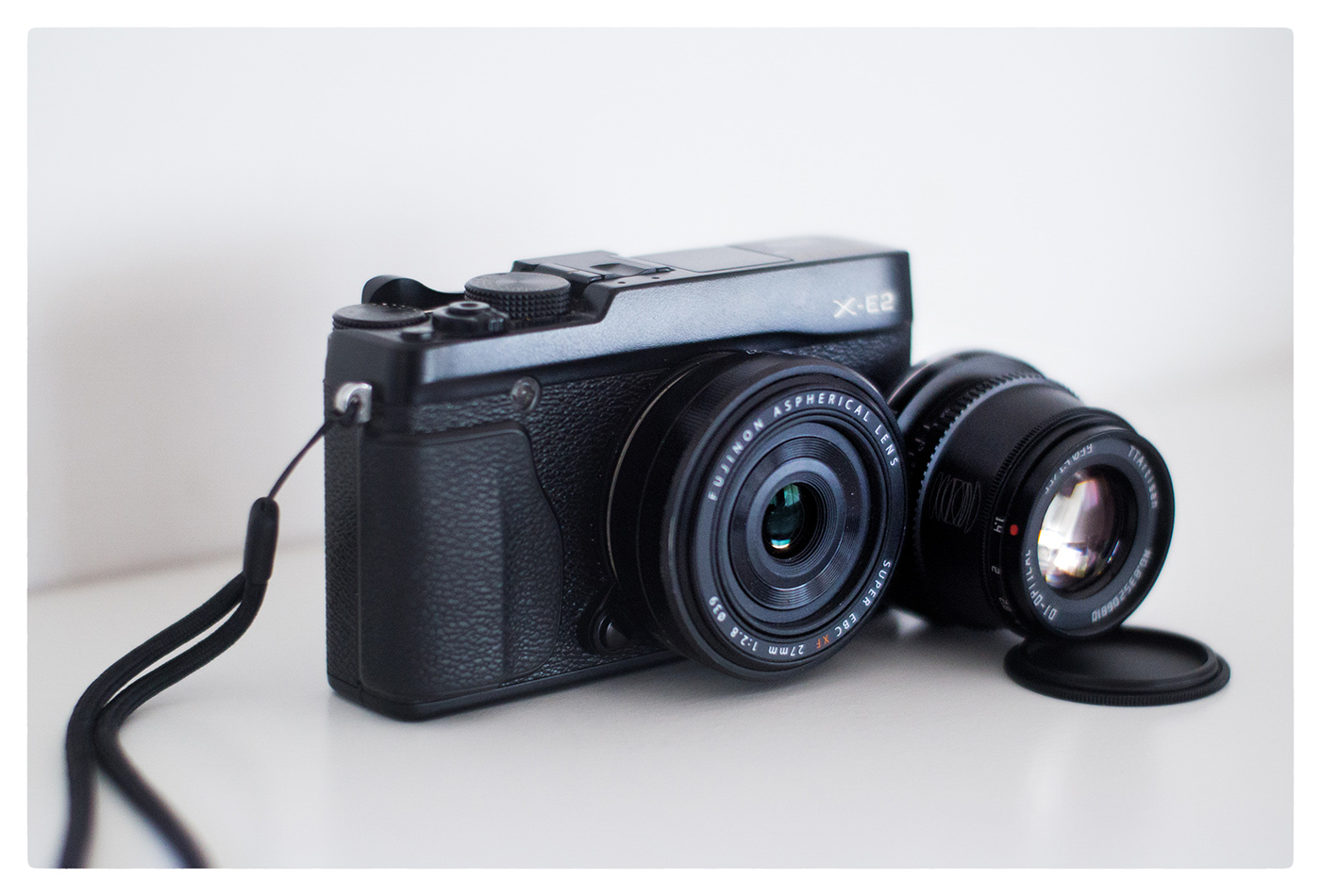
I also have several legacy SLR lenses which I use via adapters, dumb or speedbooster. These kind of combinations offer many possibilities and are great fun to use. But the advantage of manual lens made specifically for Fuji X mount is obvious – not only it is much more compact, but also notably lighter in weight, especially if a speedbooster with its glass element is concerned.
Here TTartisan 35 is next to the Takumar 55mm f1.8 lens coupled with Lens Turbo 2 speedbooster. That combination is gorgeous in its own right, but way heavier:
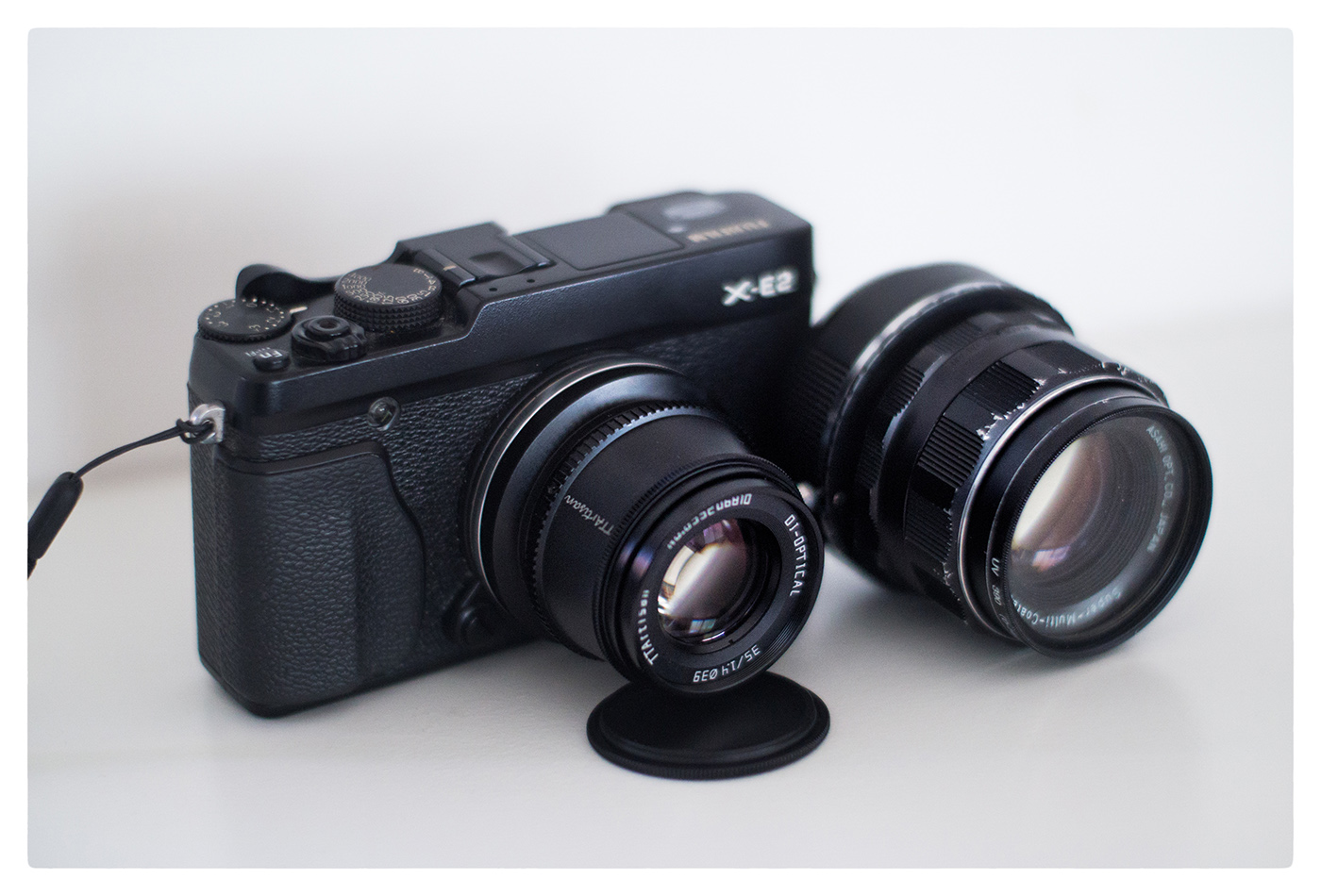
In the following days I continued strolling along the streets…
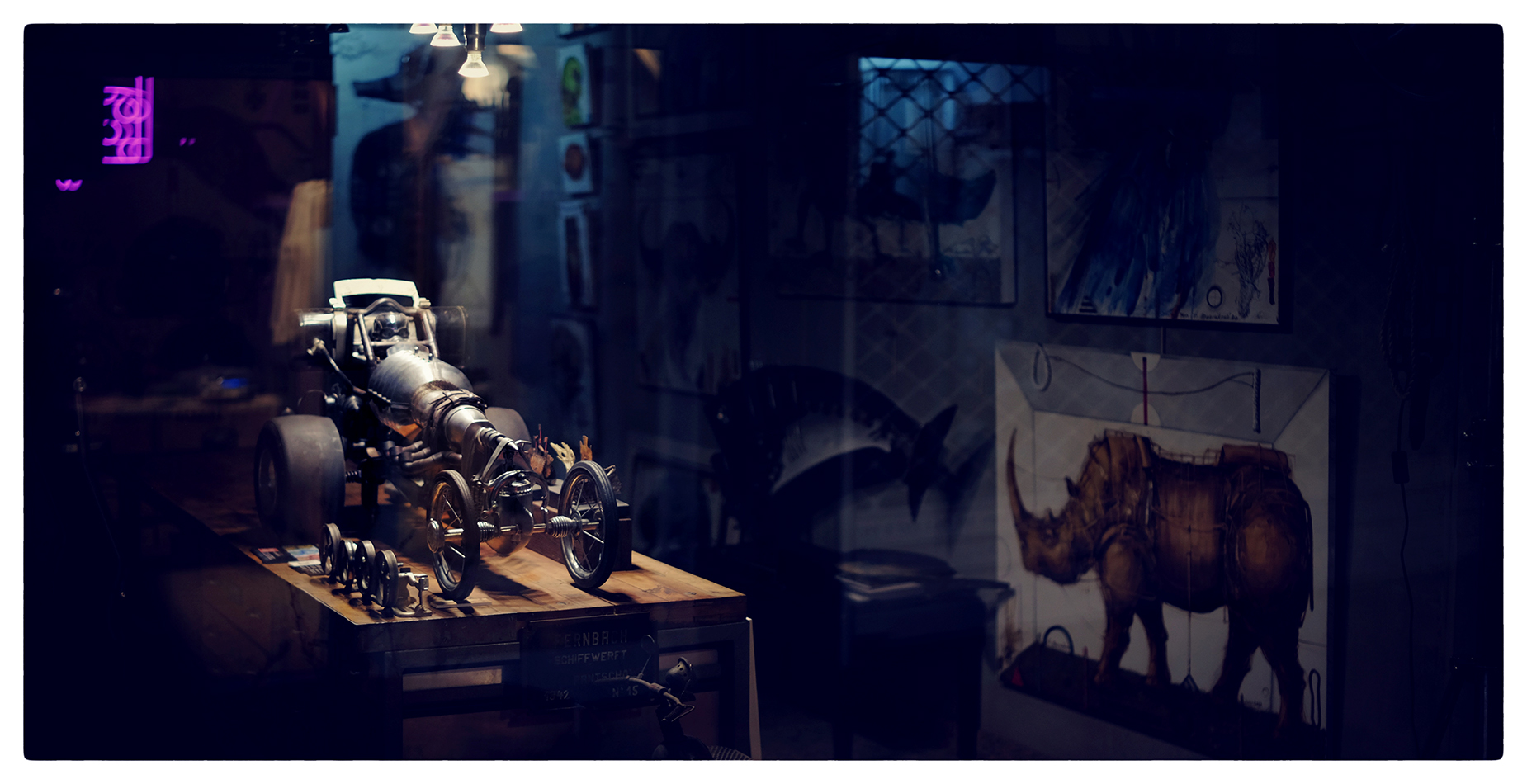
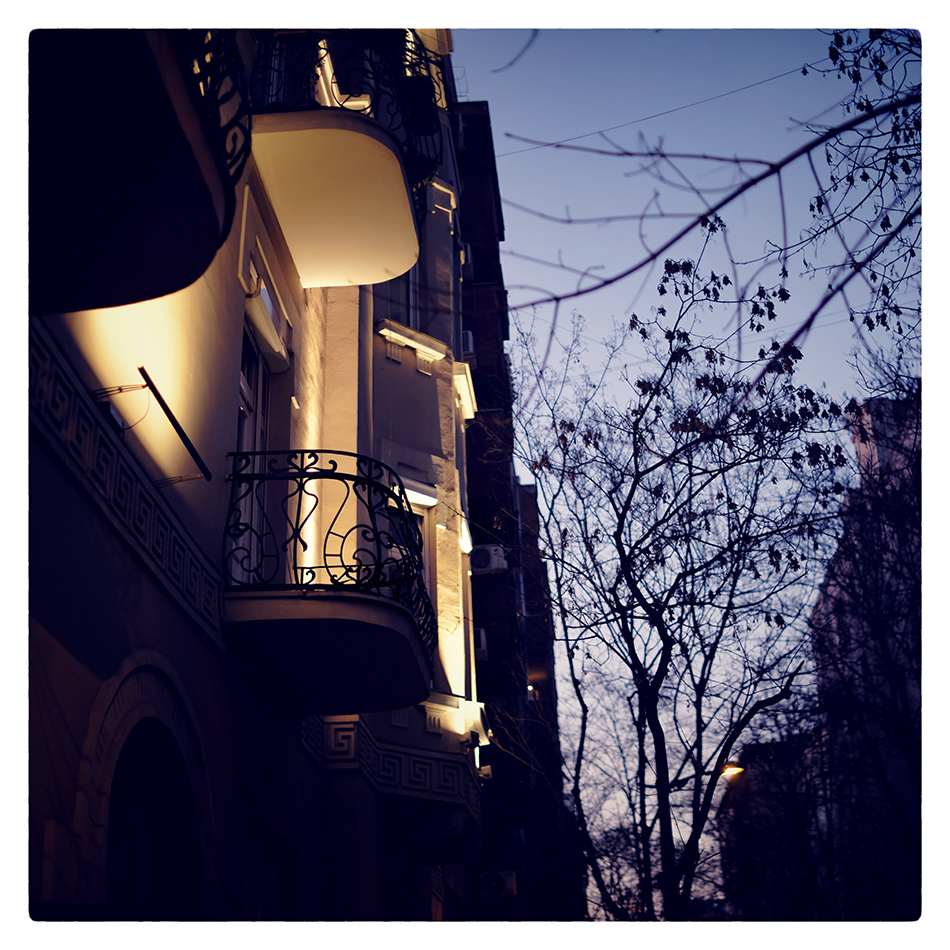
…and also snapping around my house and garden:
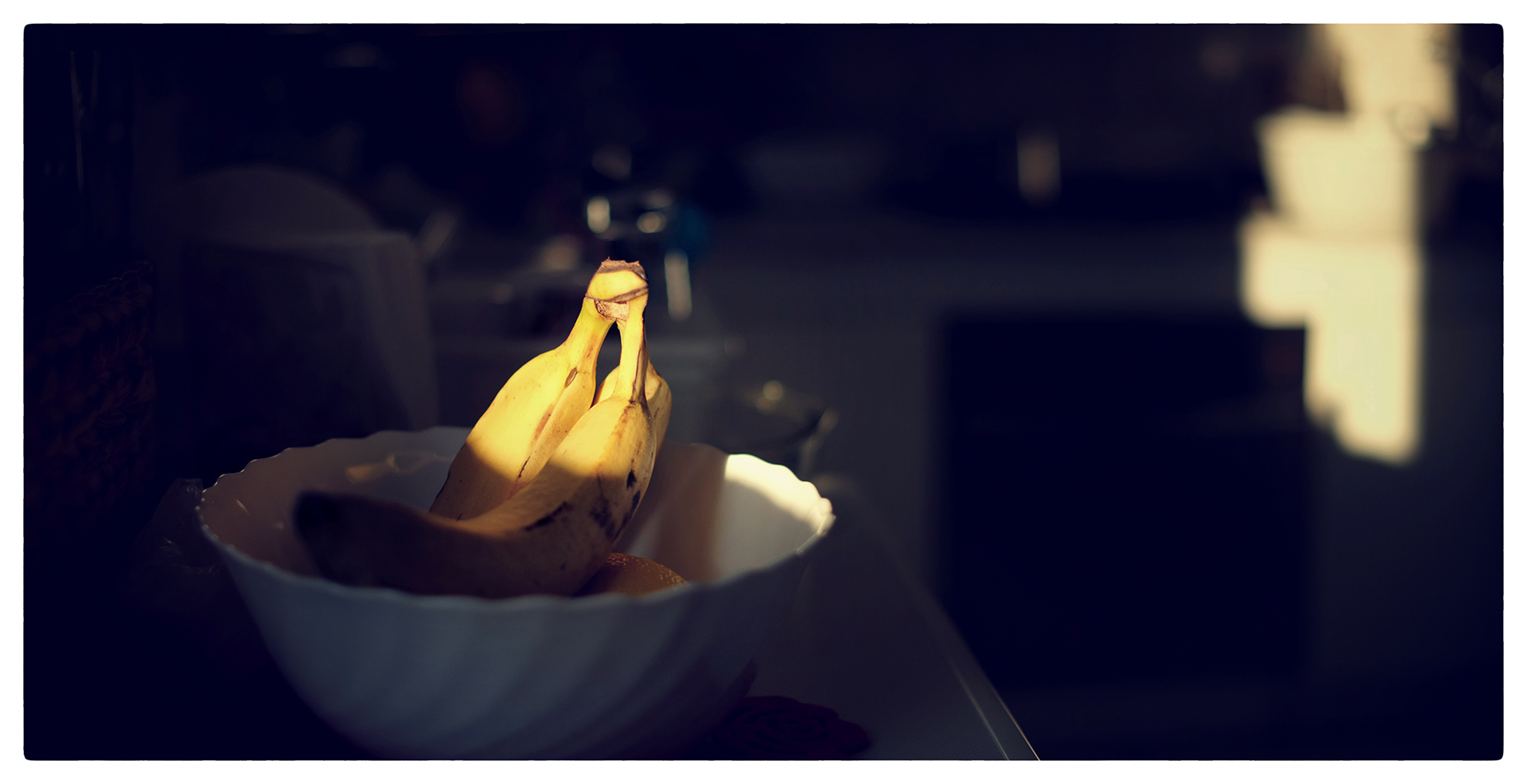
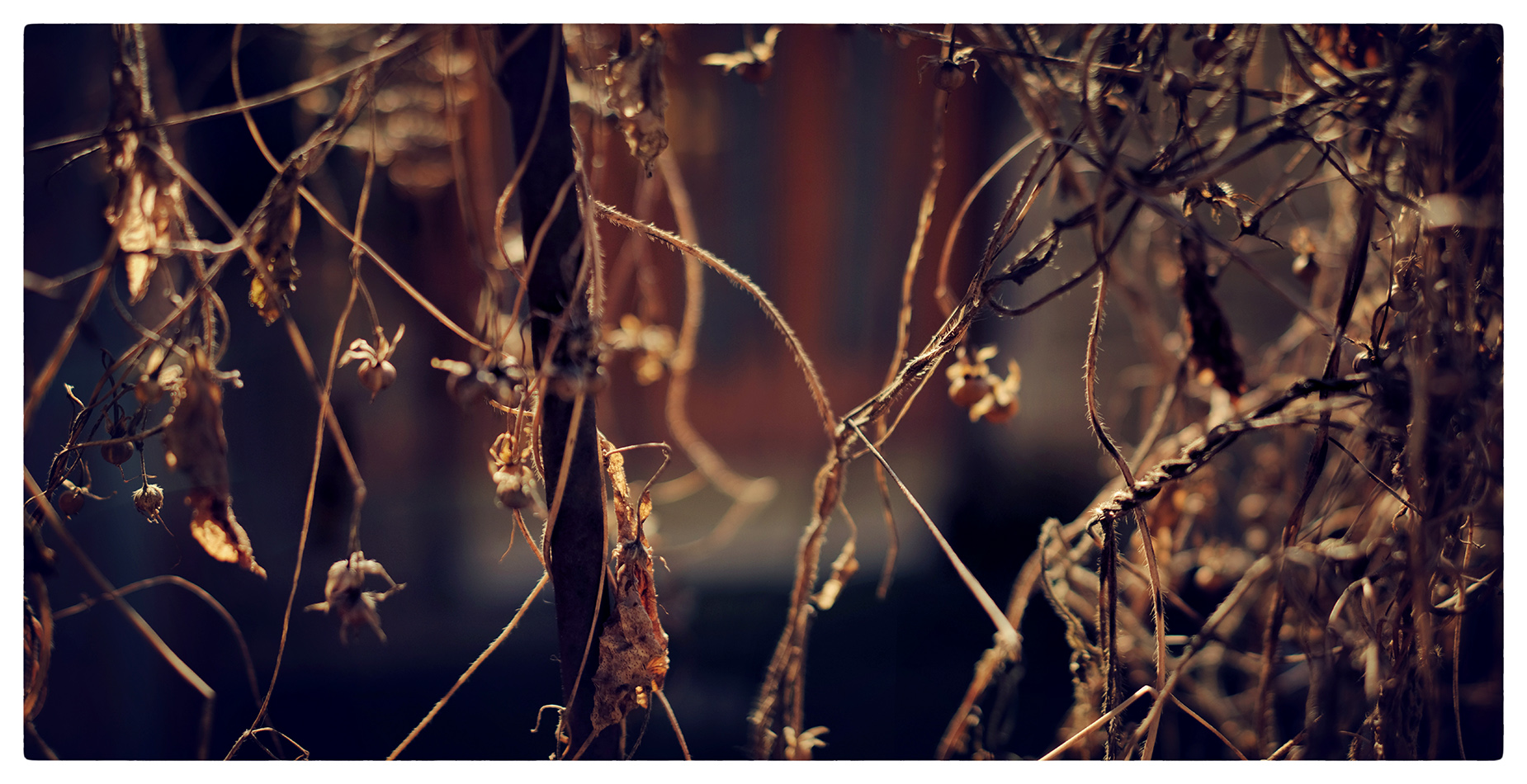
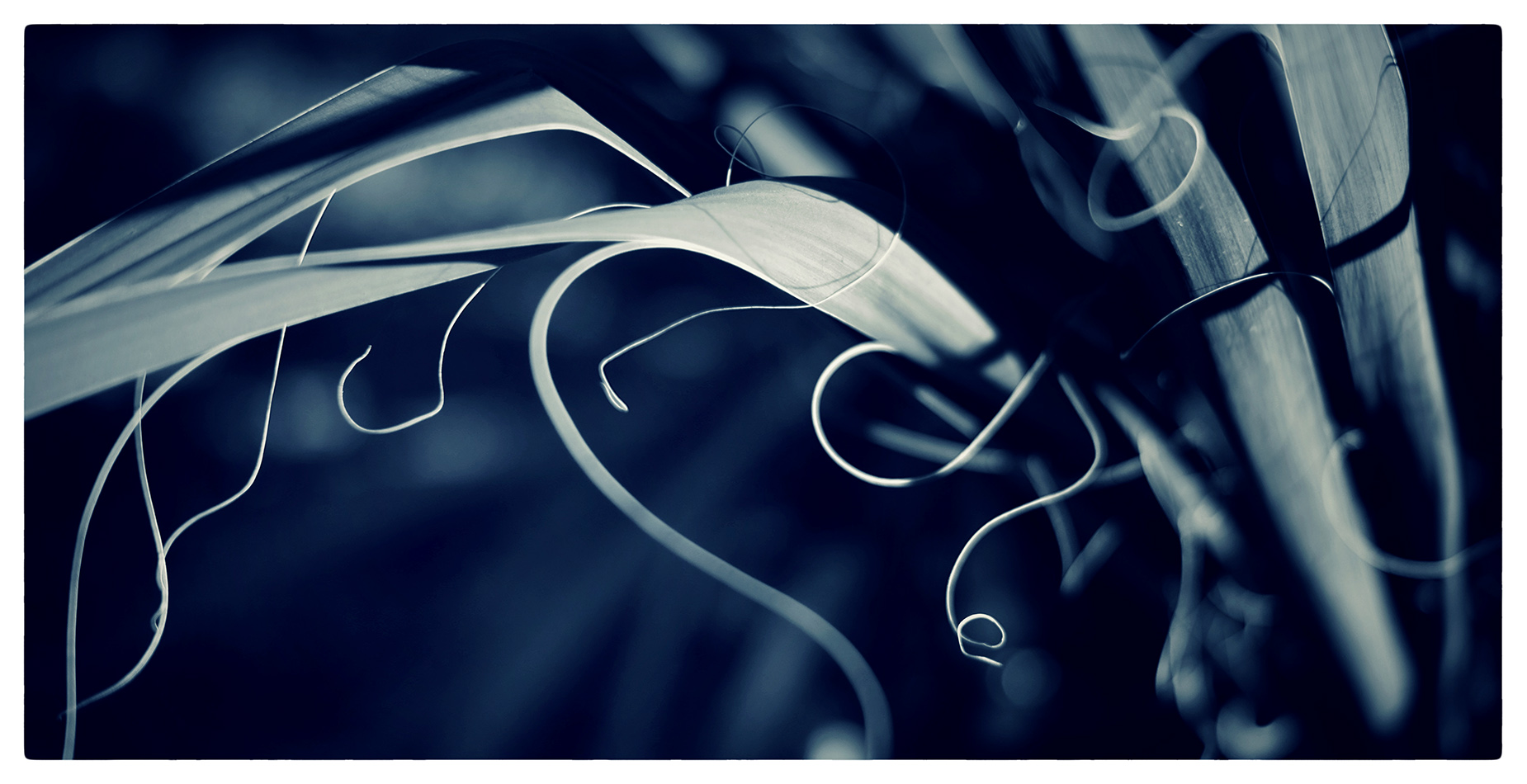
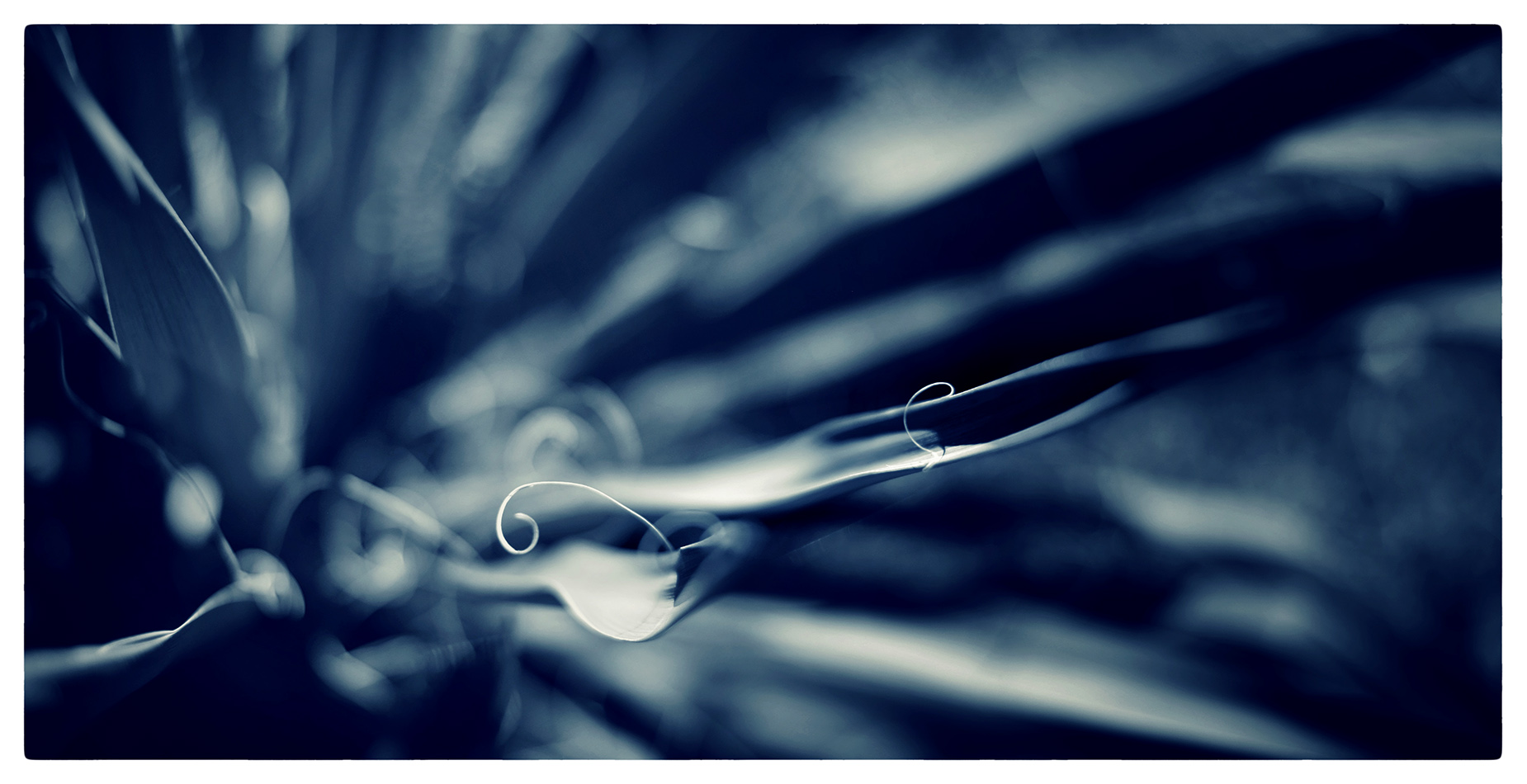
With these garden samples I noticed that busy background can sometimes prove to be too much for this lens, causing some harsher bokeh. Like in this next sample, when at first I thought that those harder edges in background on the left might have been induced by my heavy-handed processing:
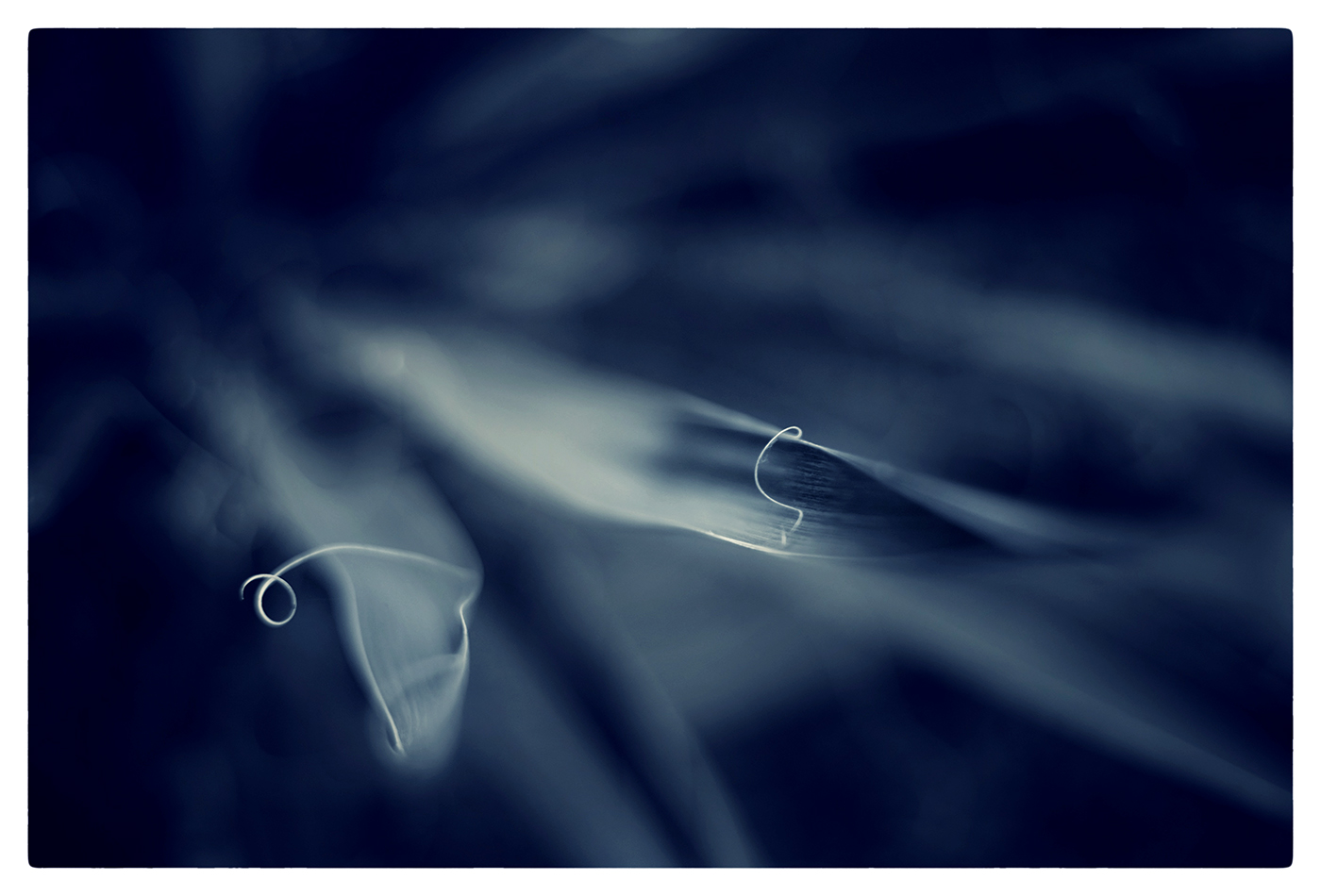
But quick check of the original file showed that it was already there:
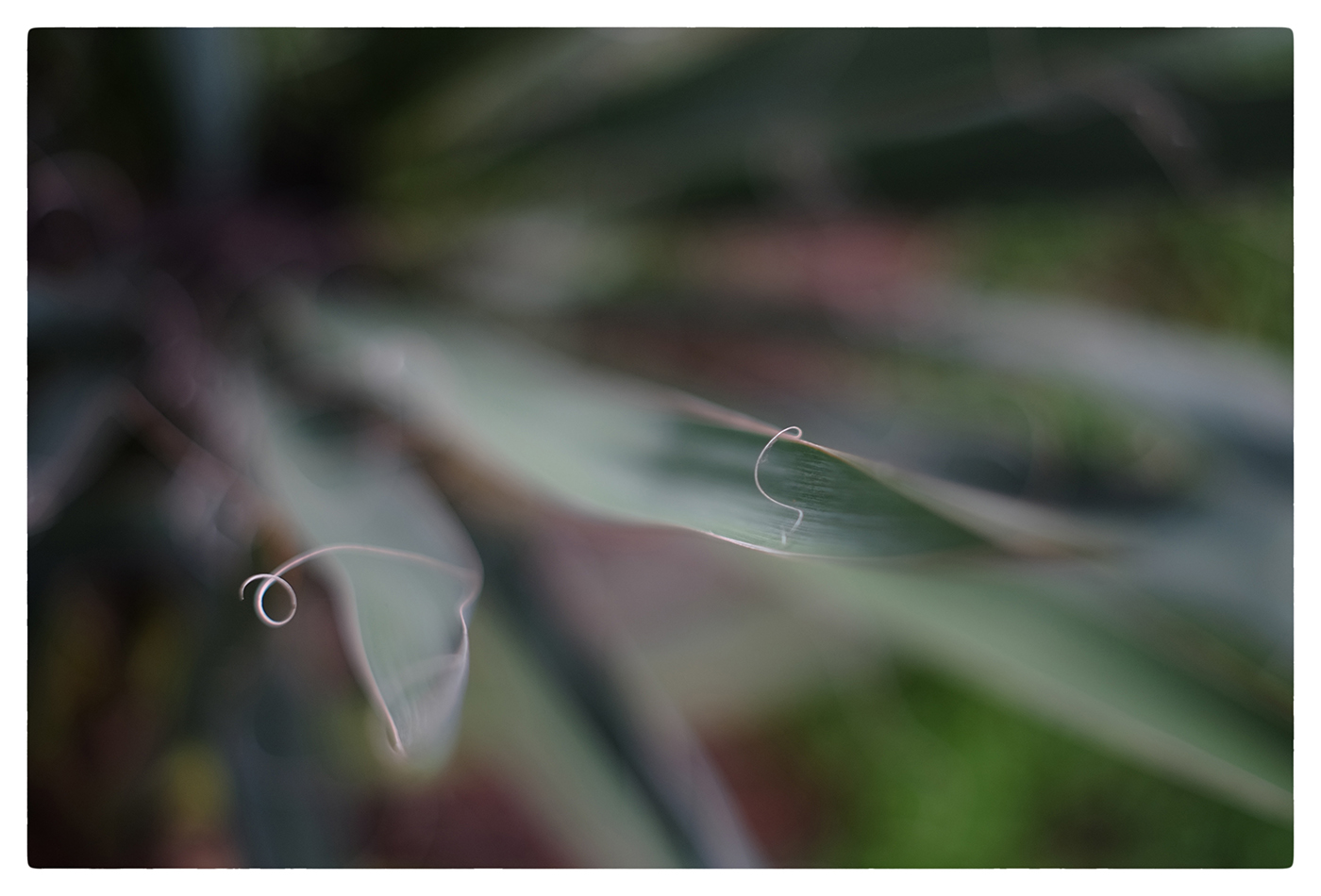
Of course, this lens is not a cream monster in the first place; I believe TTArtisan 50mm f1.2 APSC lens will better serve that purpose. We’ll see when it arrives; I bought that one also but am still awaiting delivery.
That is, with a less cluttered background, this little 35 can be smooth in it’s own right:
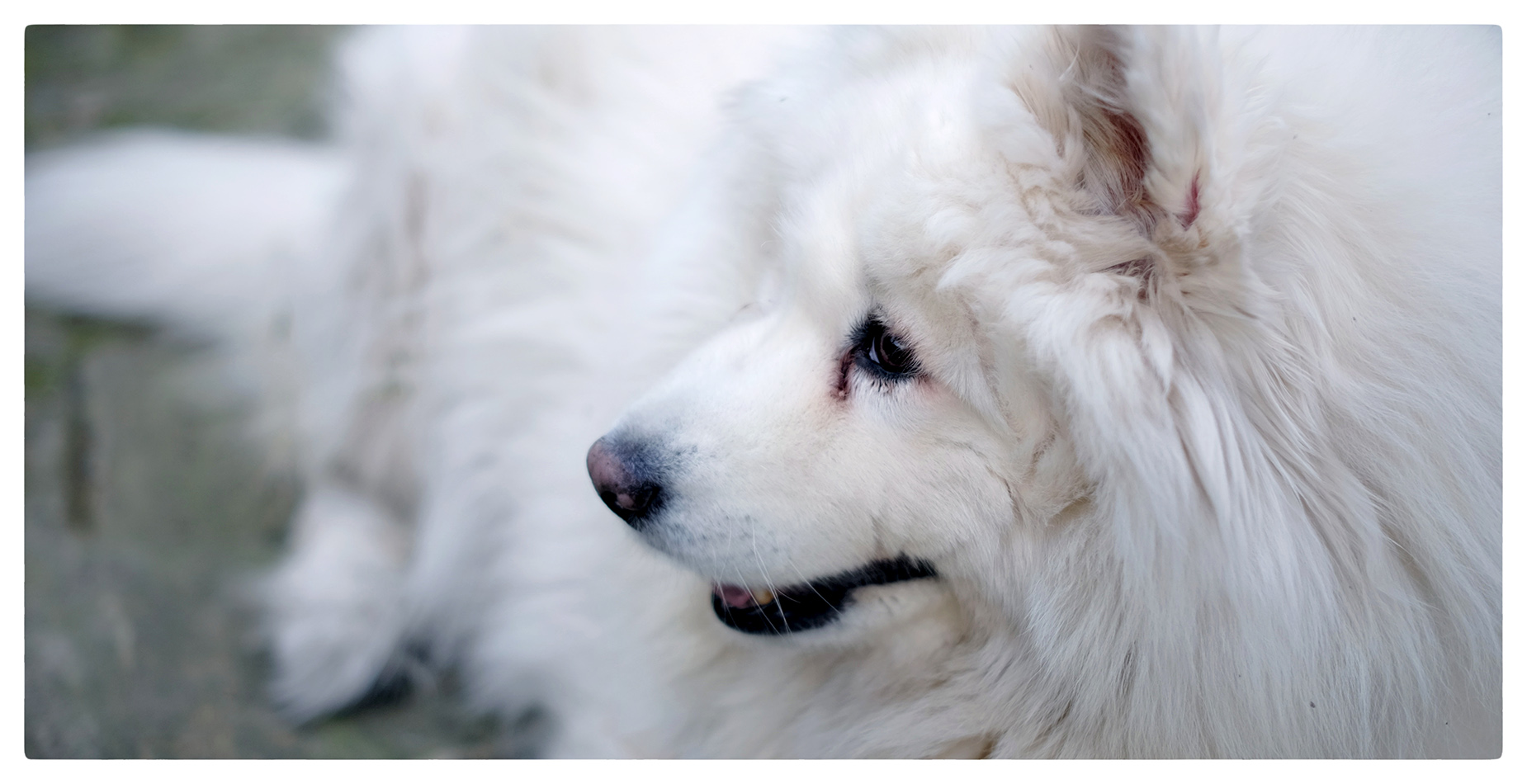
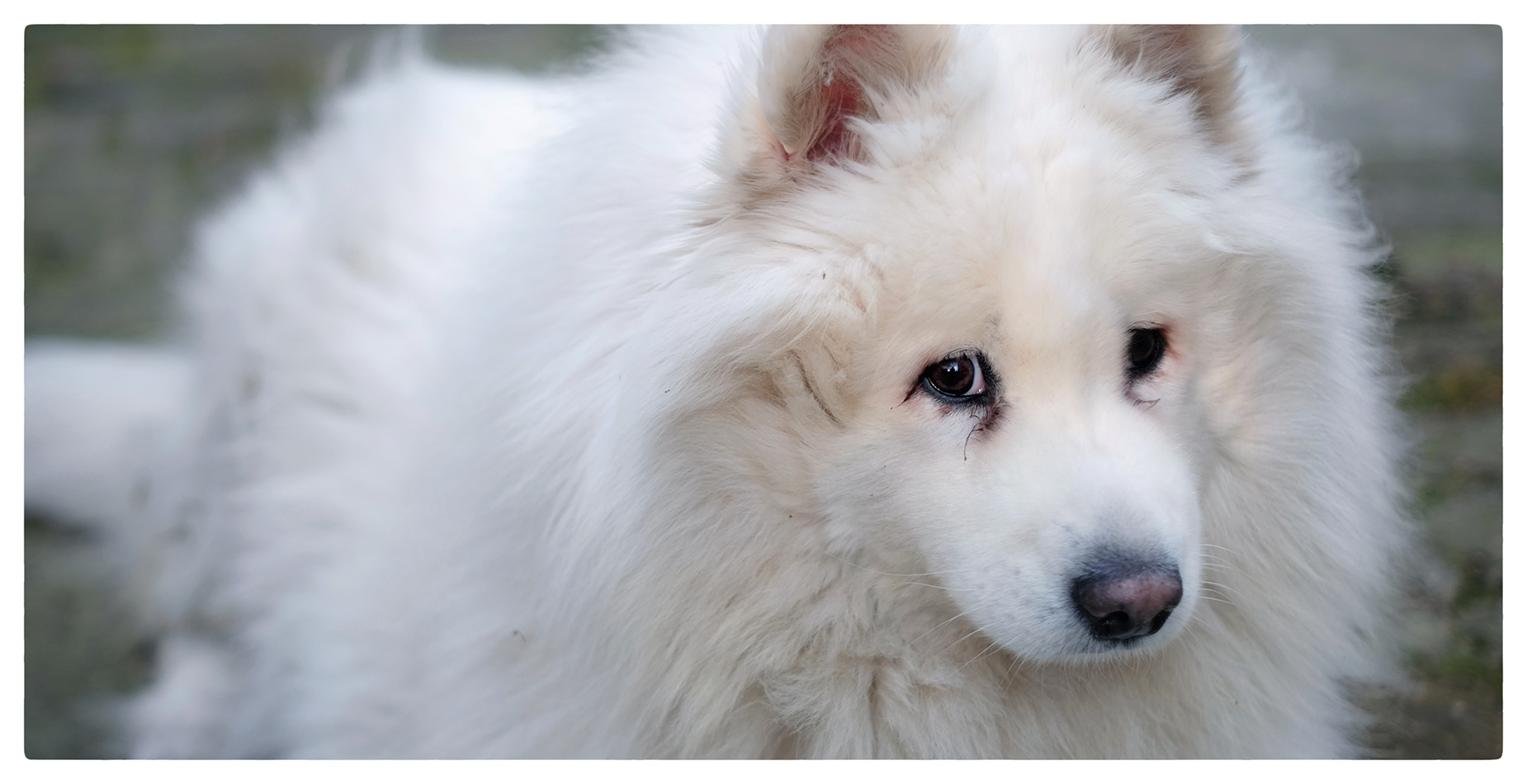
I tend to shoot wide open as I love that look; but stopped down, it is quite crisp as expected:
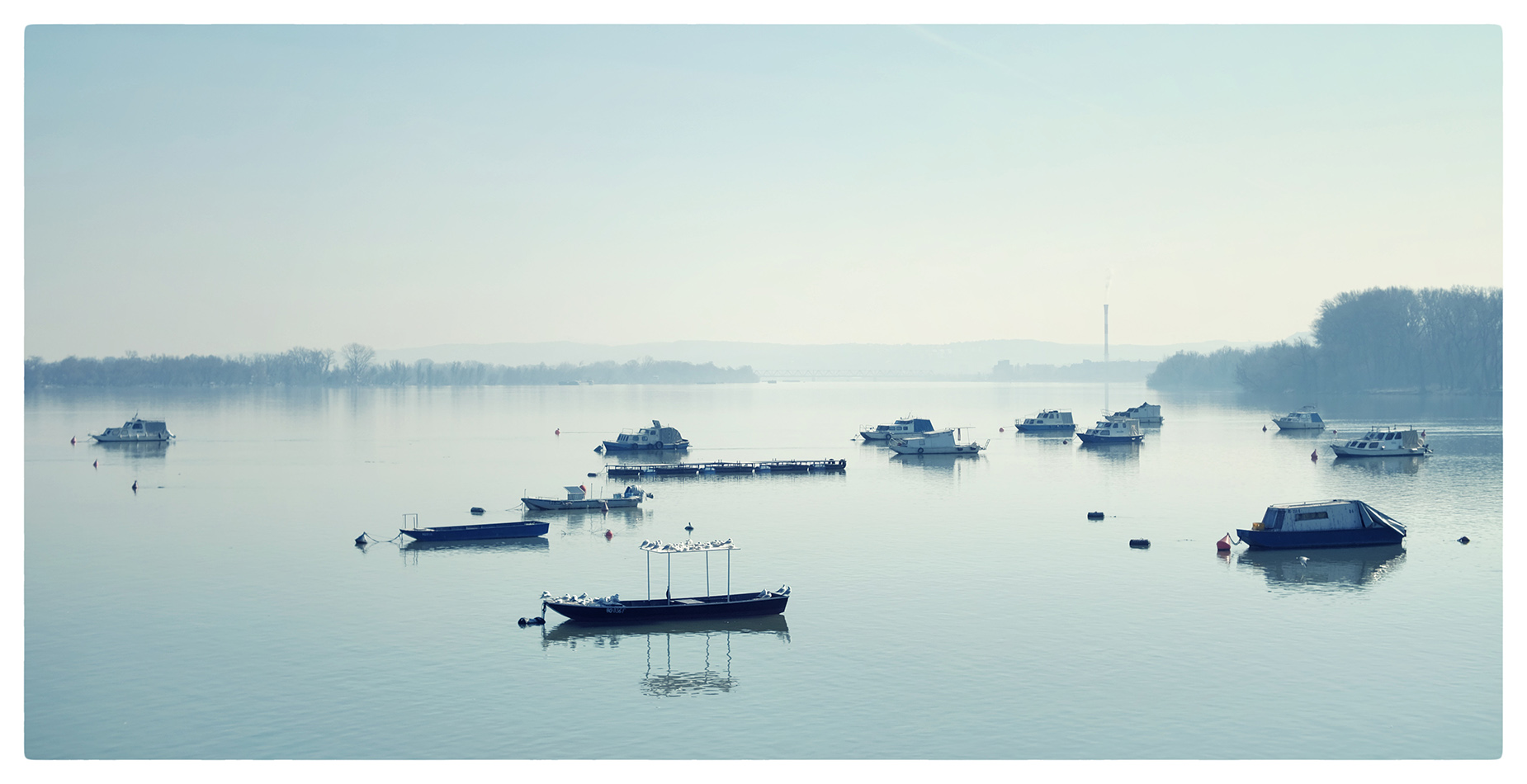
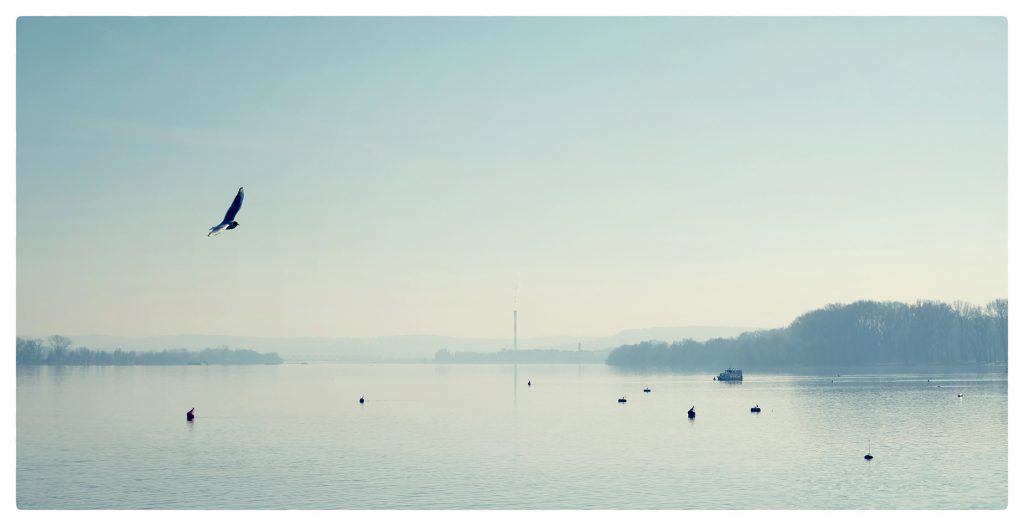
Reading about the lens before purchase, I found comments about it being prone to flare, but I don’t find it problematic:
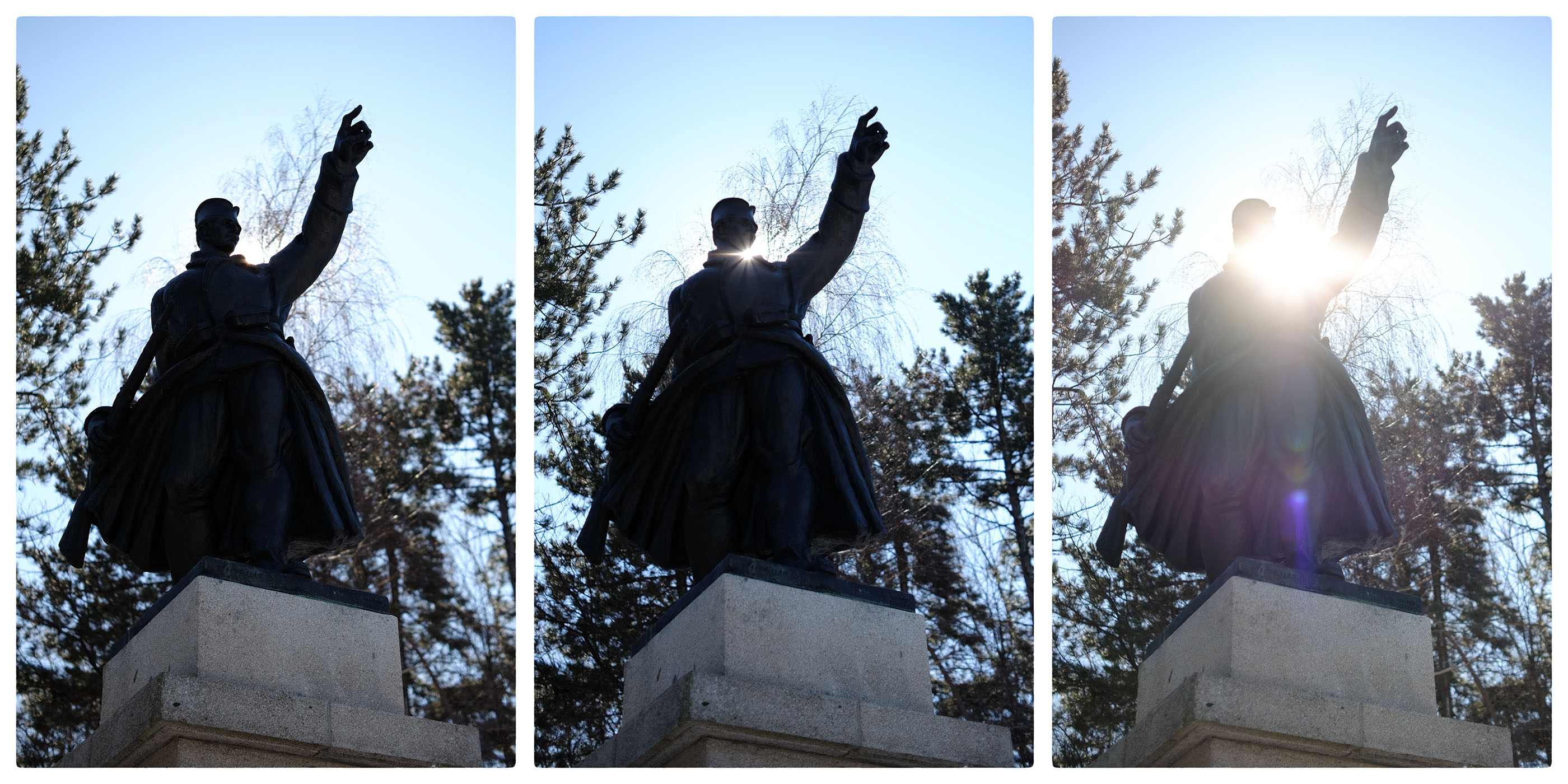
Shooting directly into sun, it will exhibit ghosting and lose contrast significantly:
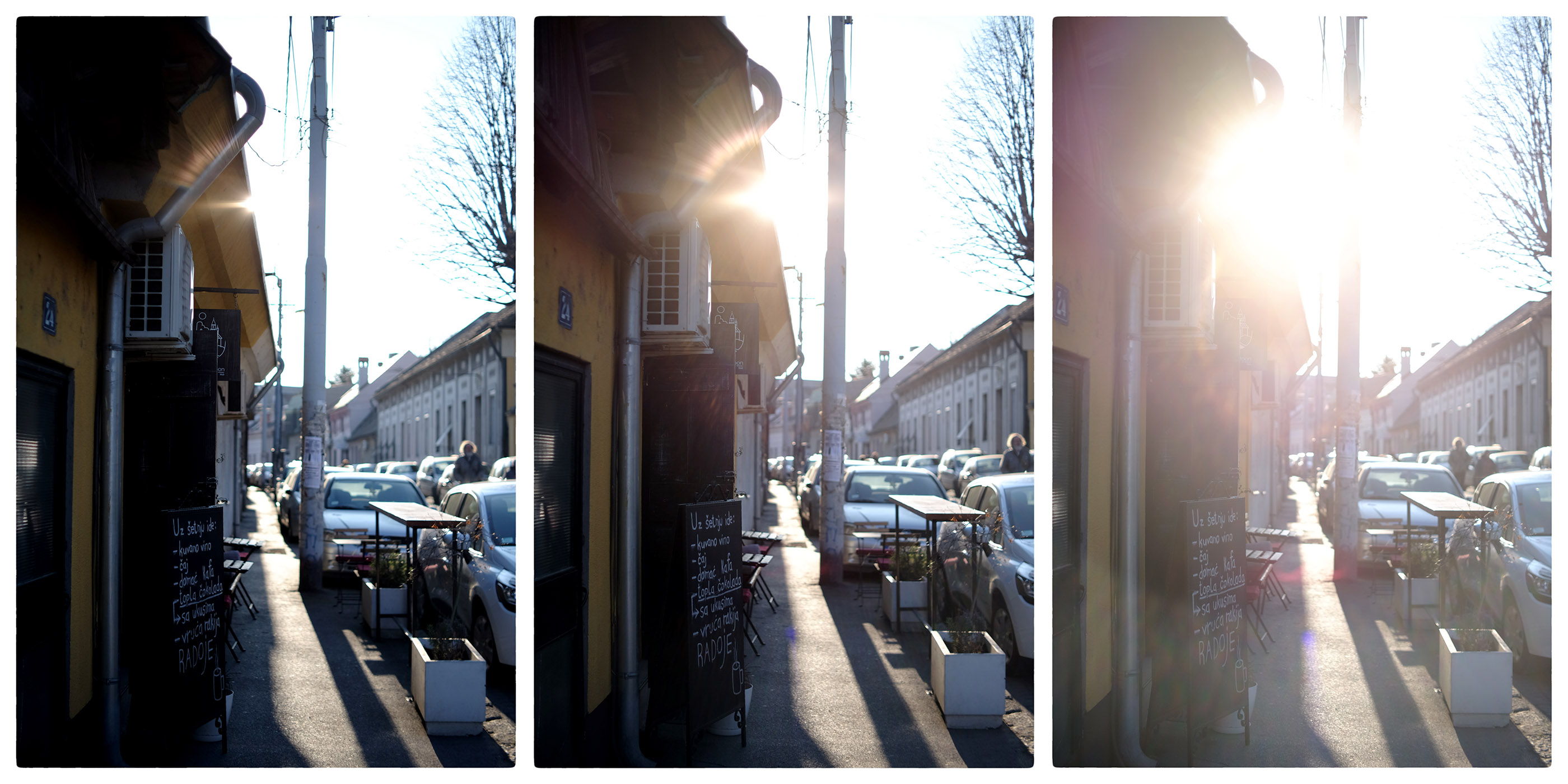
But personally I am not bothered; I guess one must be into some sort of hazy look in order to aim directly at the sun in the first place:
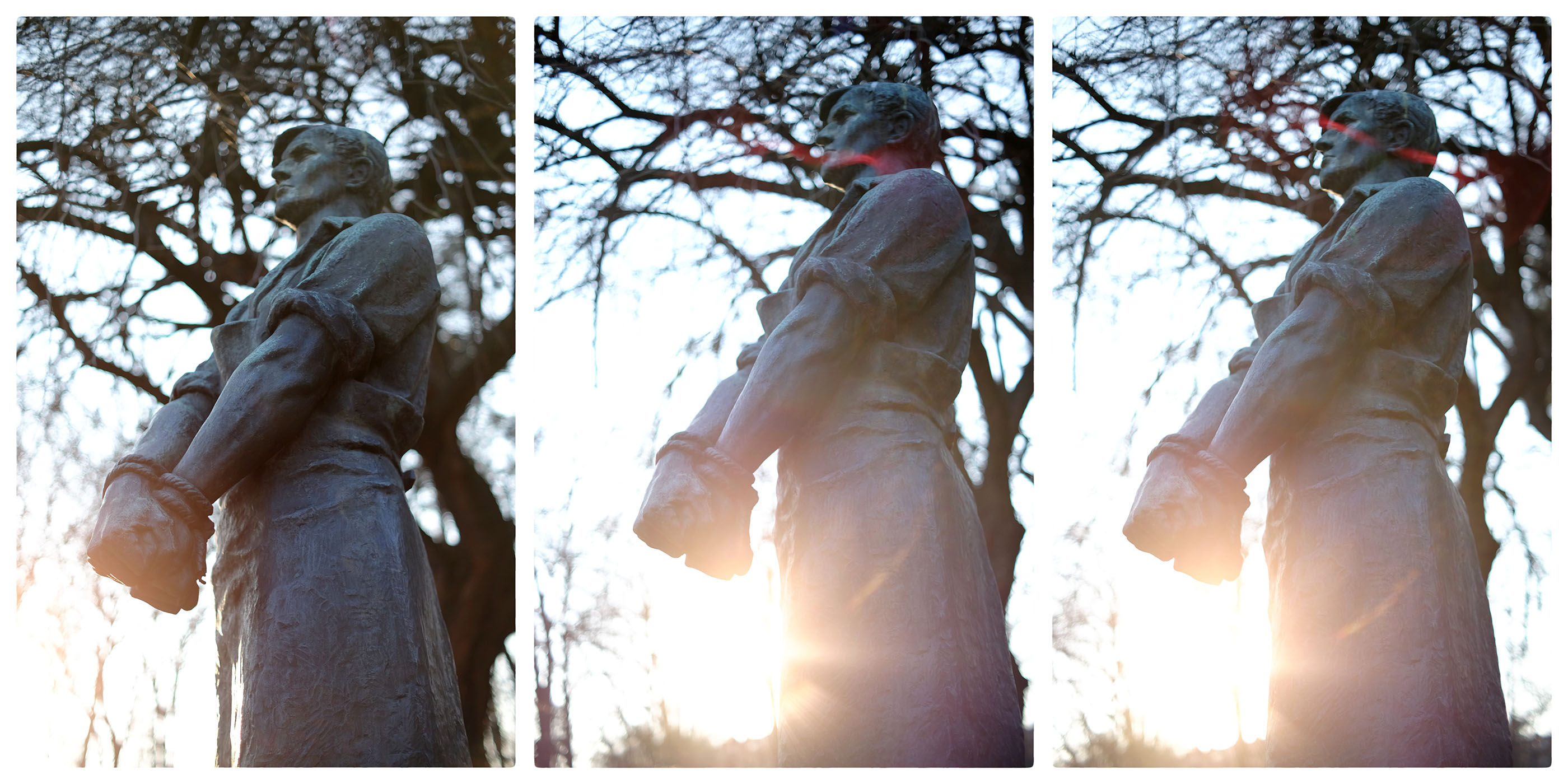
Used with some moderation and care, it can be subtle and appealing.
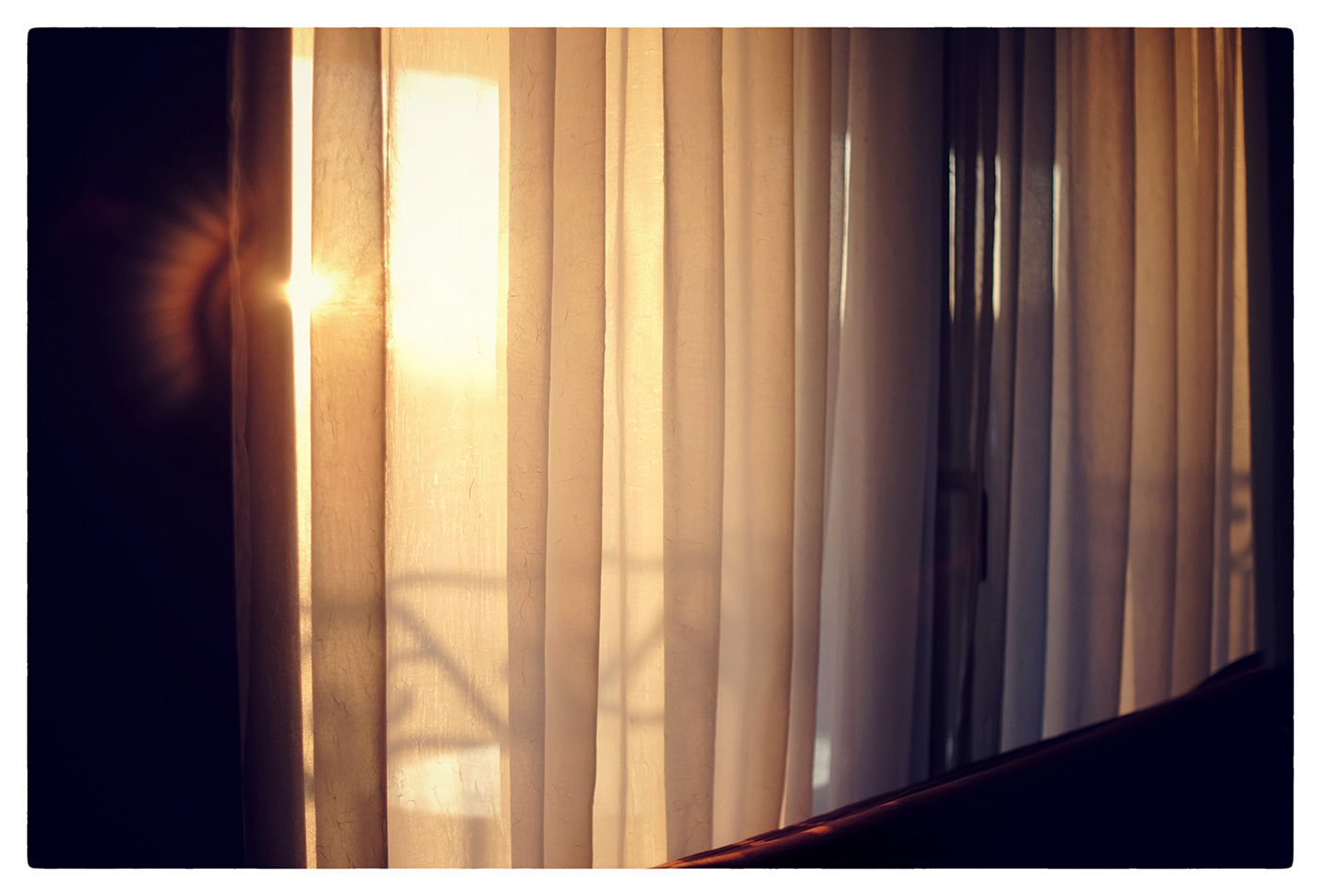
As I said already, color rendering is quite pleasing.
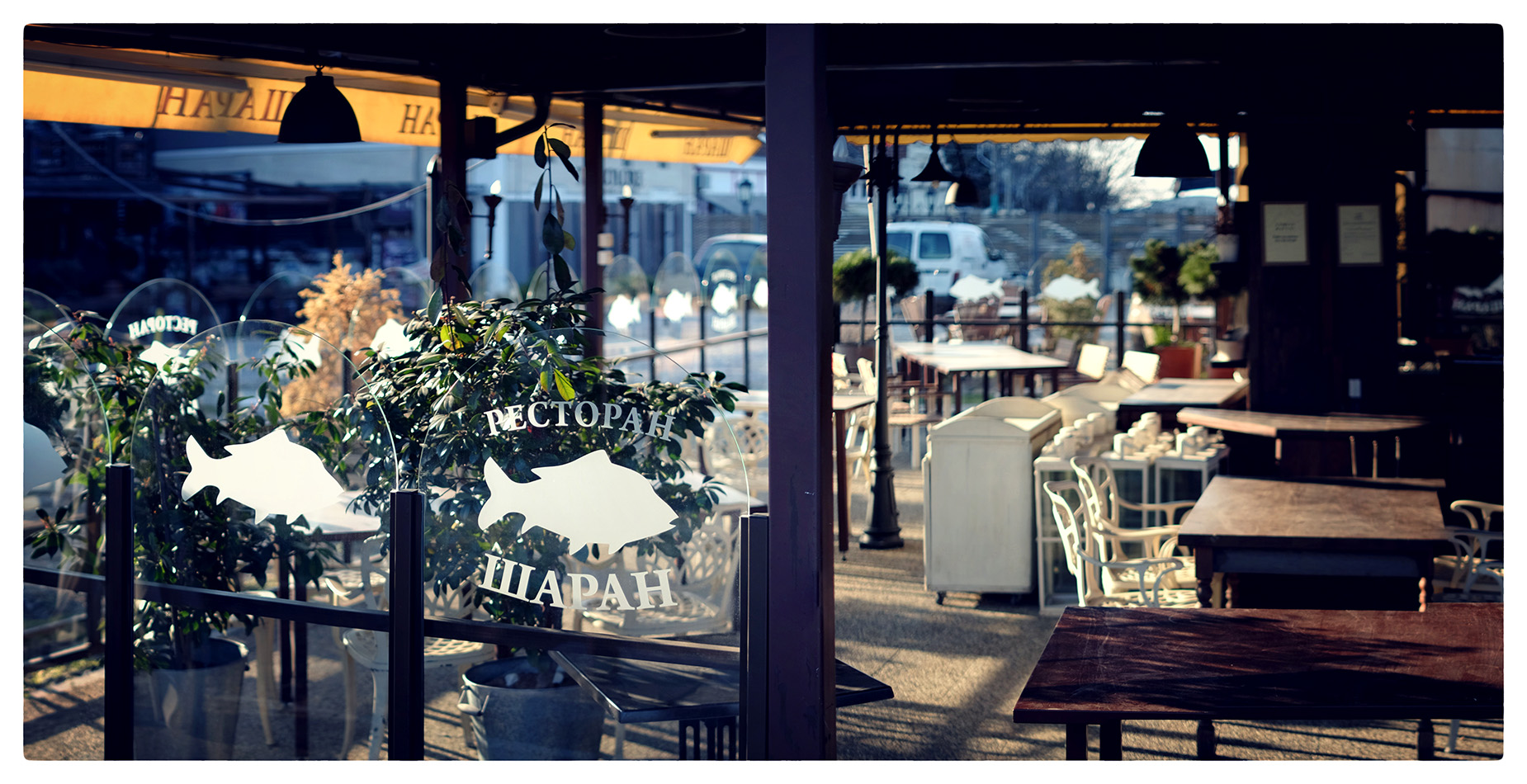
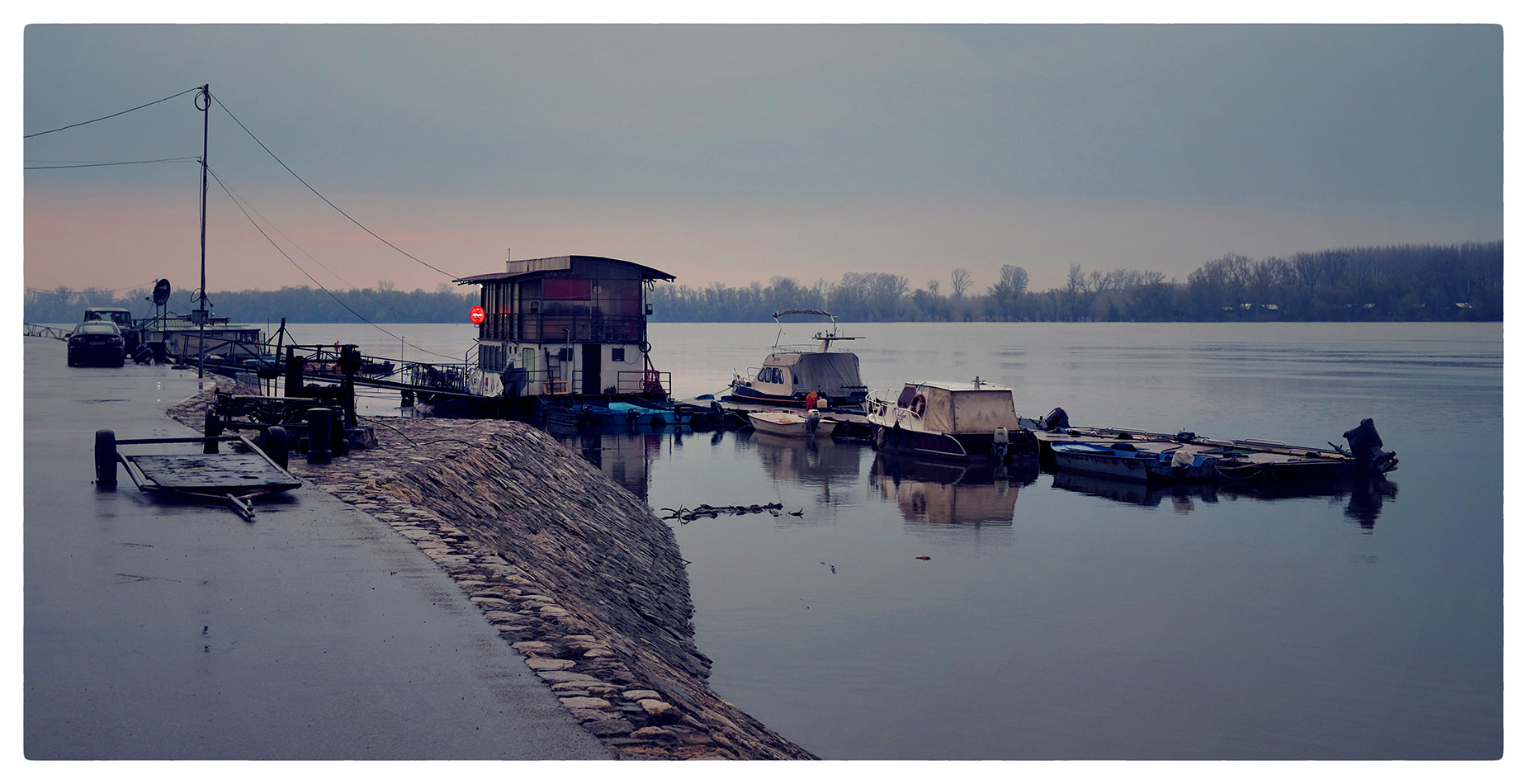
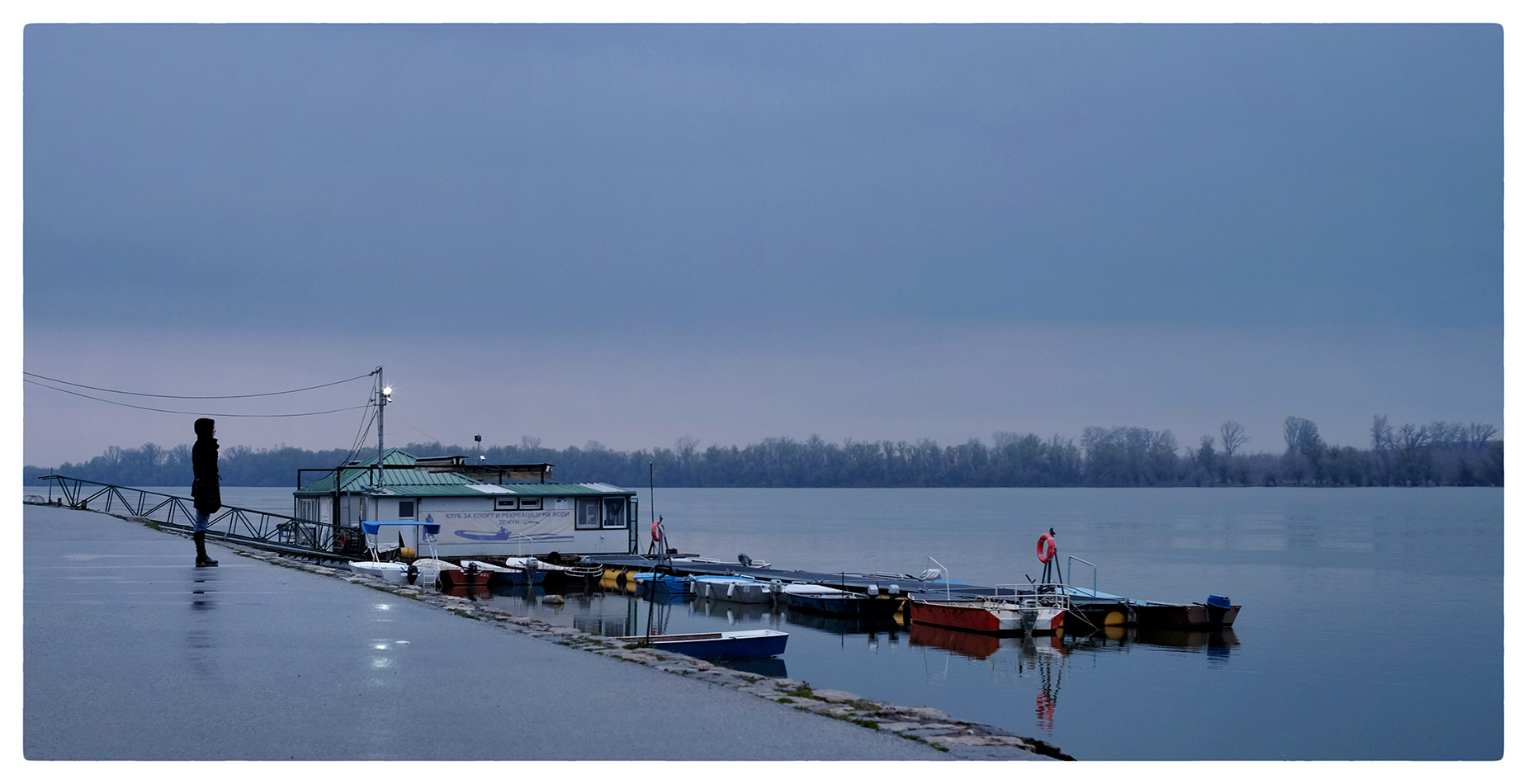
Its “normalish” focal length is useful for many scenarios, from panoramas…
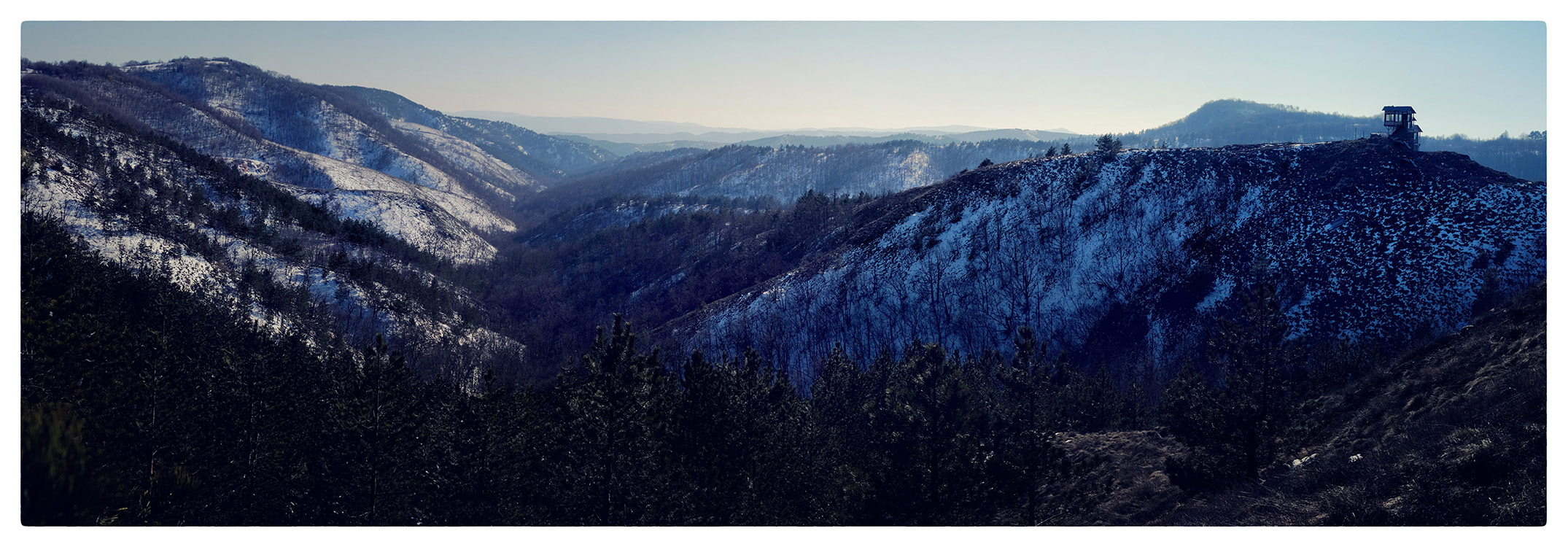
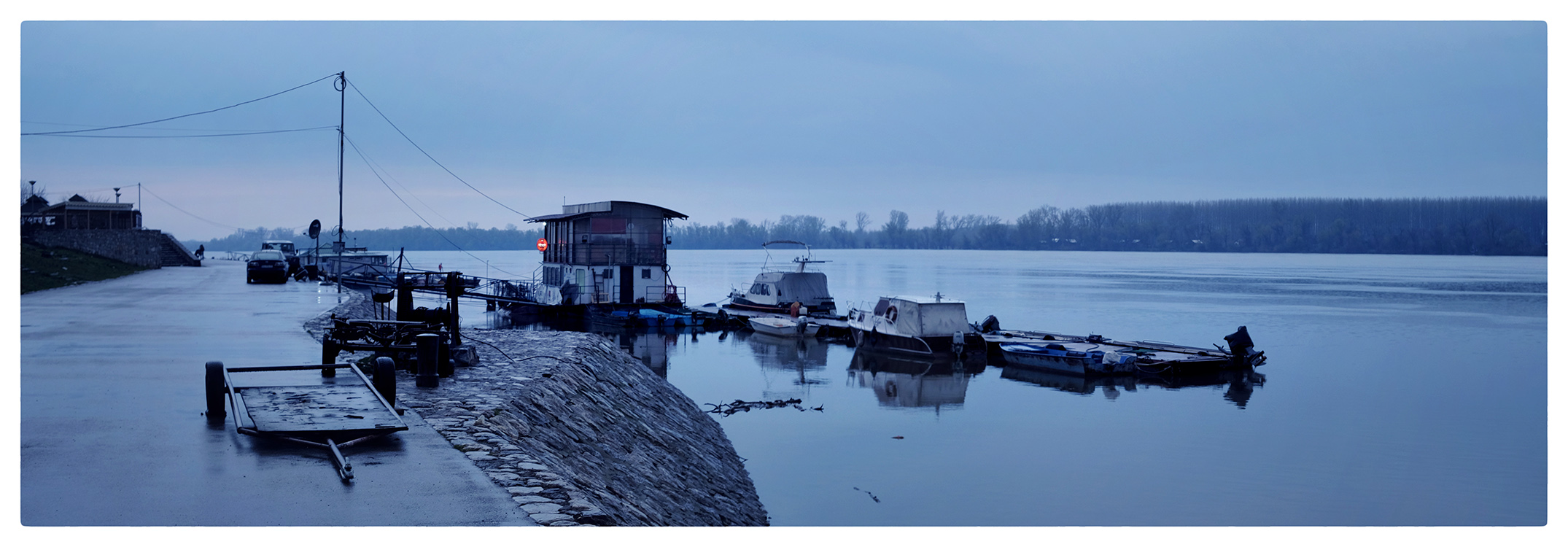
…to general shots…

…to subject isolation:
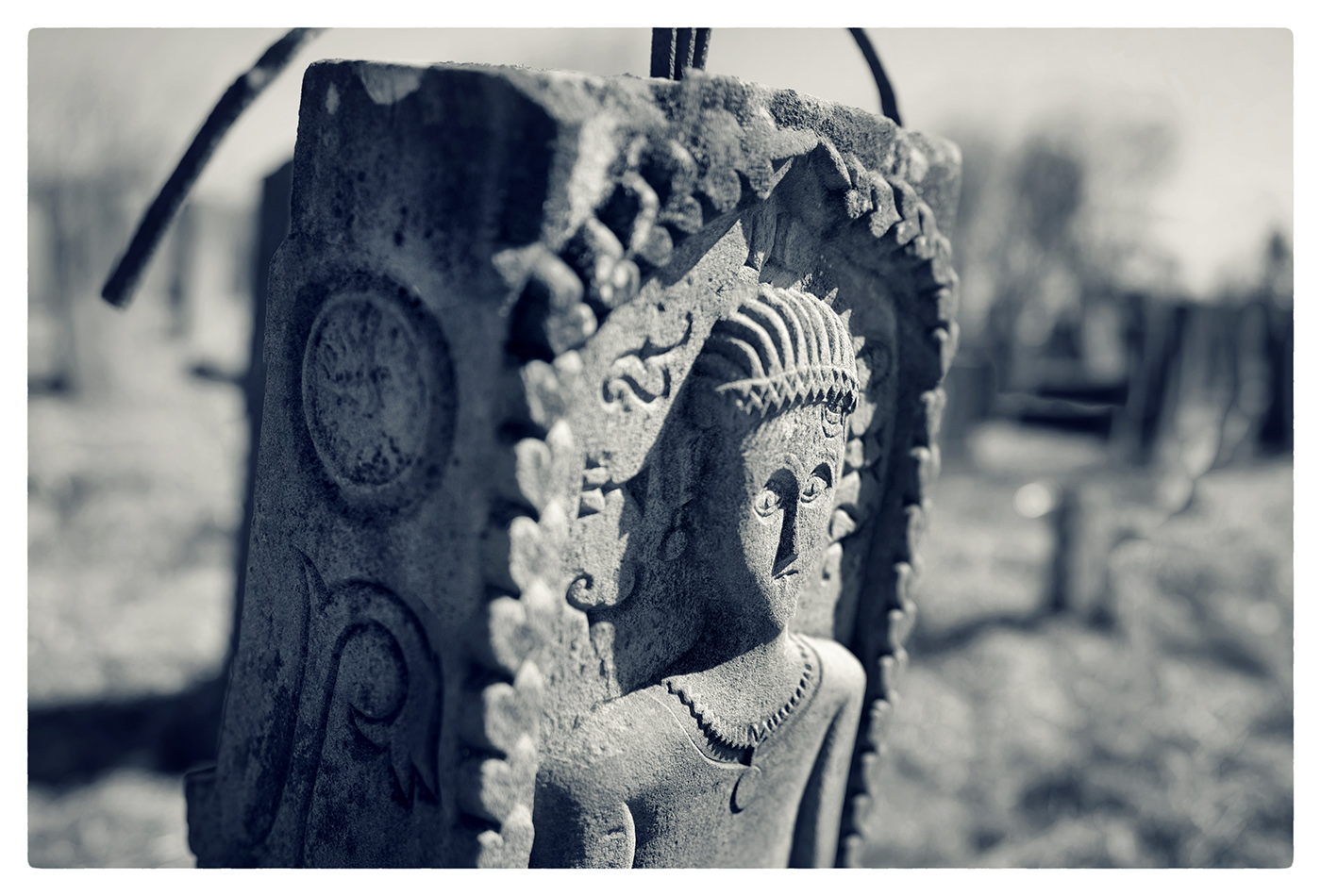

It’s wide aperture allows for hand-held shooting when light levels drop…
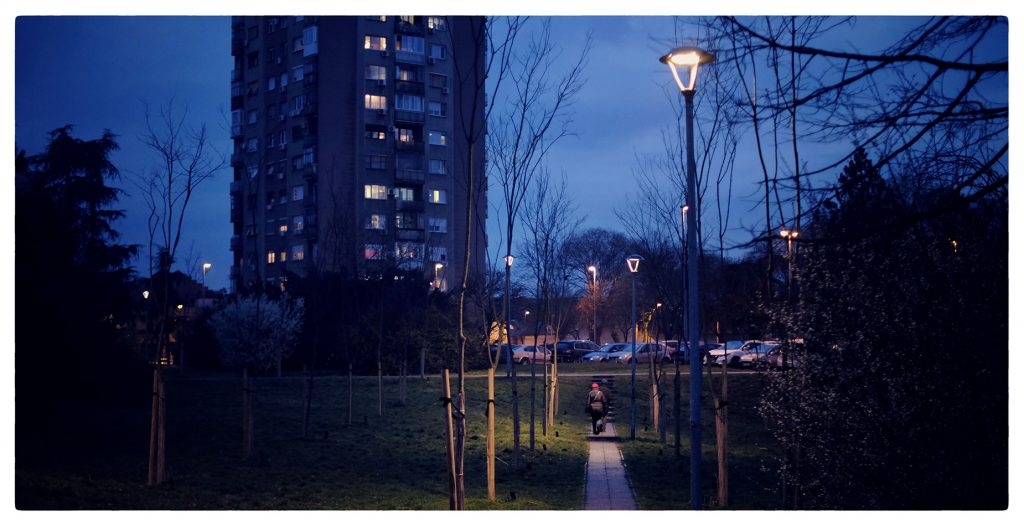
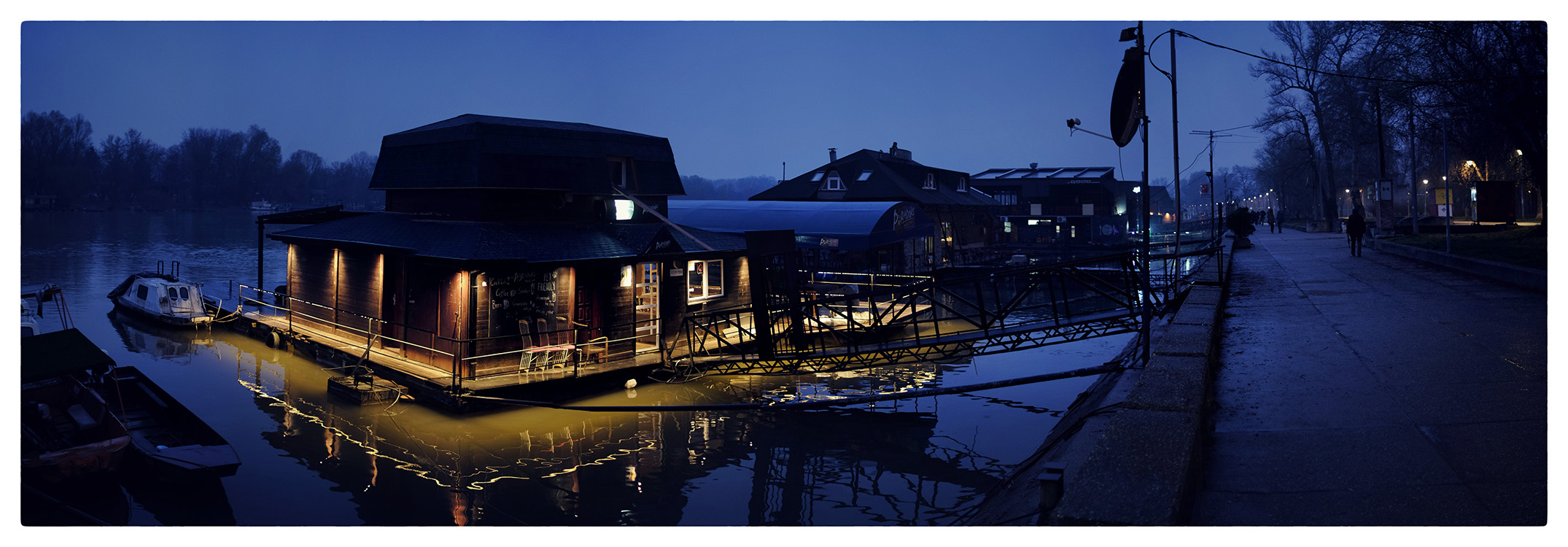
…and some creative play with depth of field and light sources on top of that:
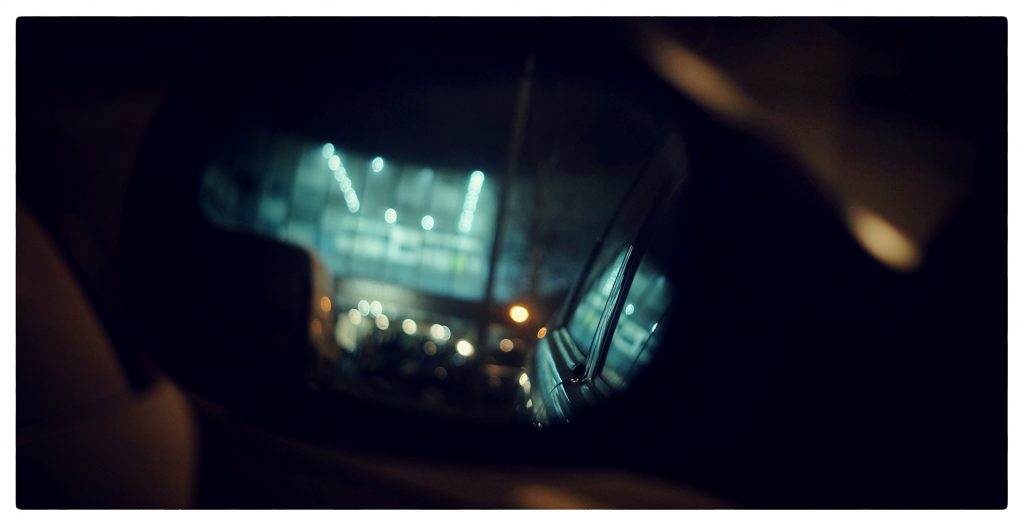
All in all, I find it to be a very useful, well made, light but solid, efficient and dependable piece of kit with a smooth character and pleasing results. And when you add affordable on top of it all, it’s safe to say that TTArtisan proposed a very good deal with this one.
If you must have autofocus, I guess you aren’t reading this anyway. But if you enjoy the slower pace of work with manual lenses, and want your kit to be small and unobtrusive, this is definitely a solid option.